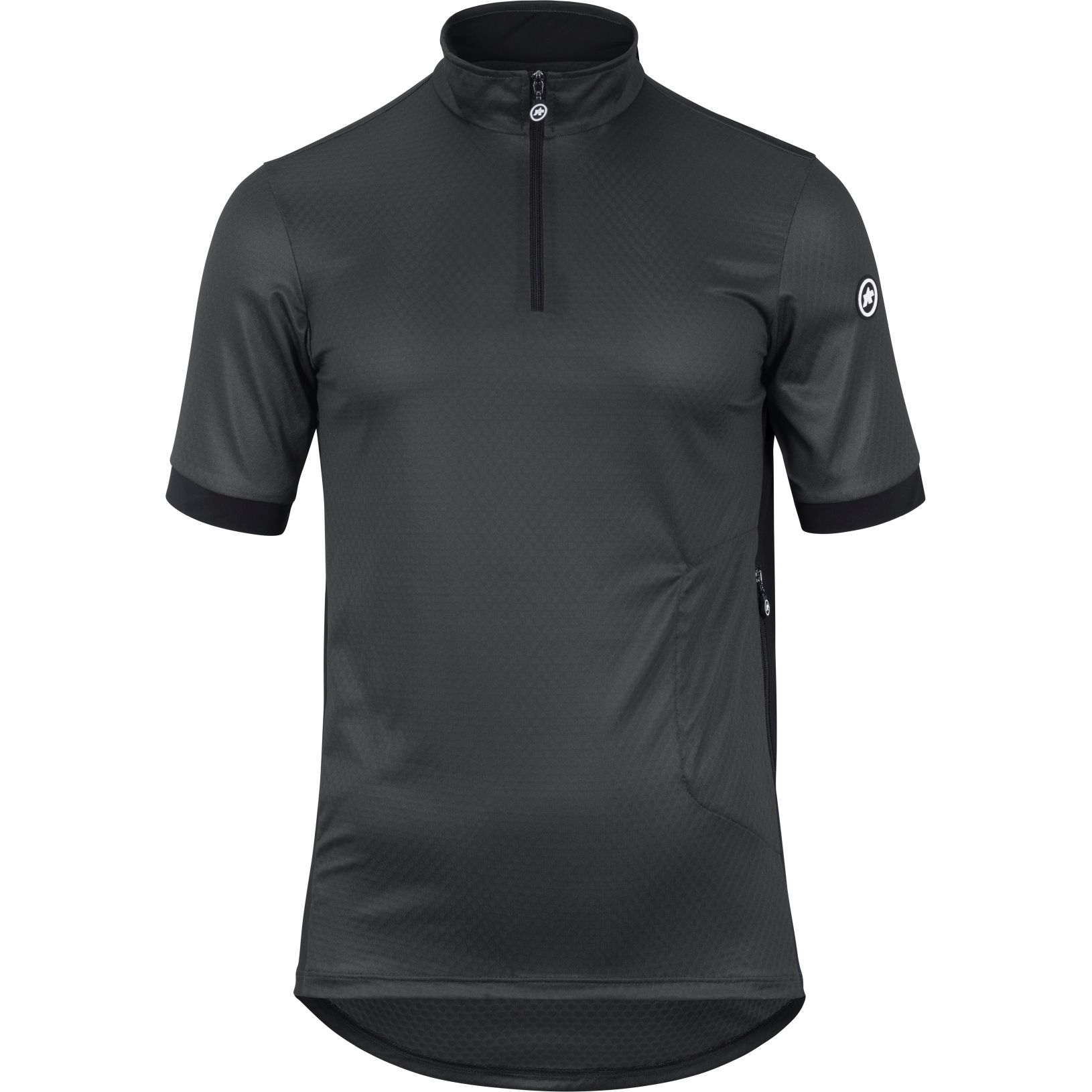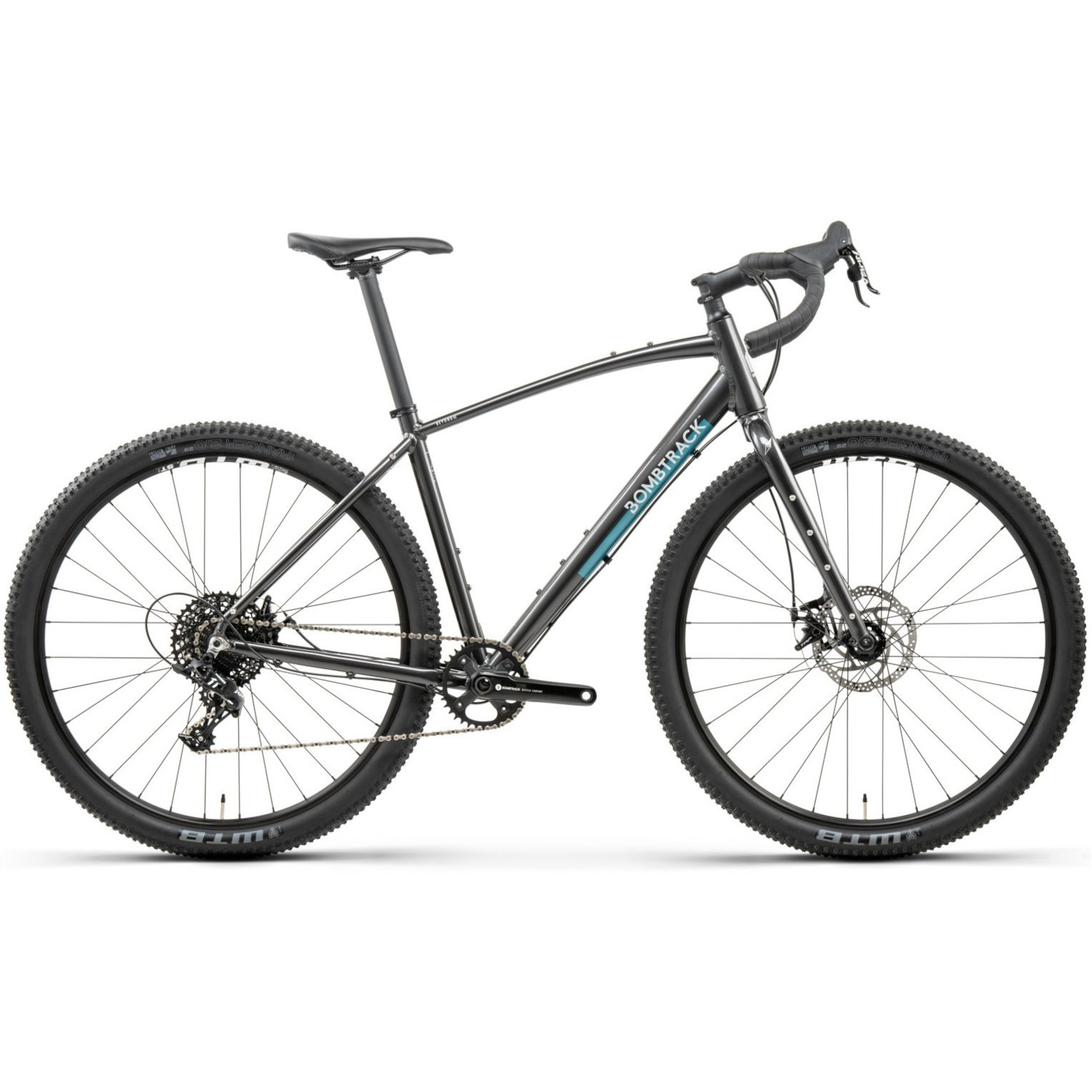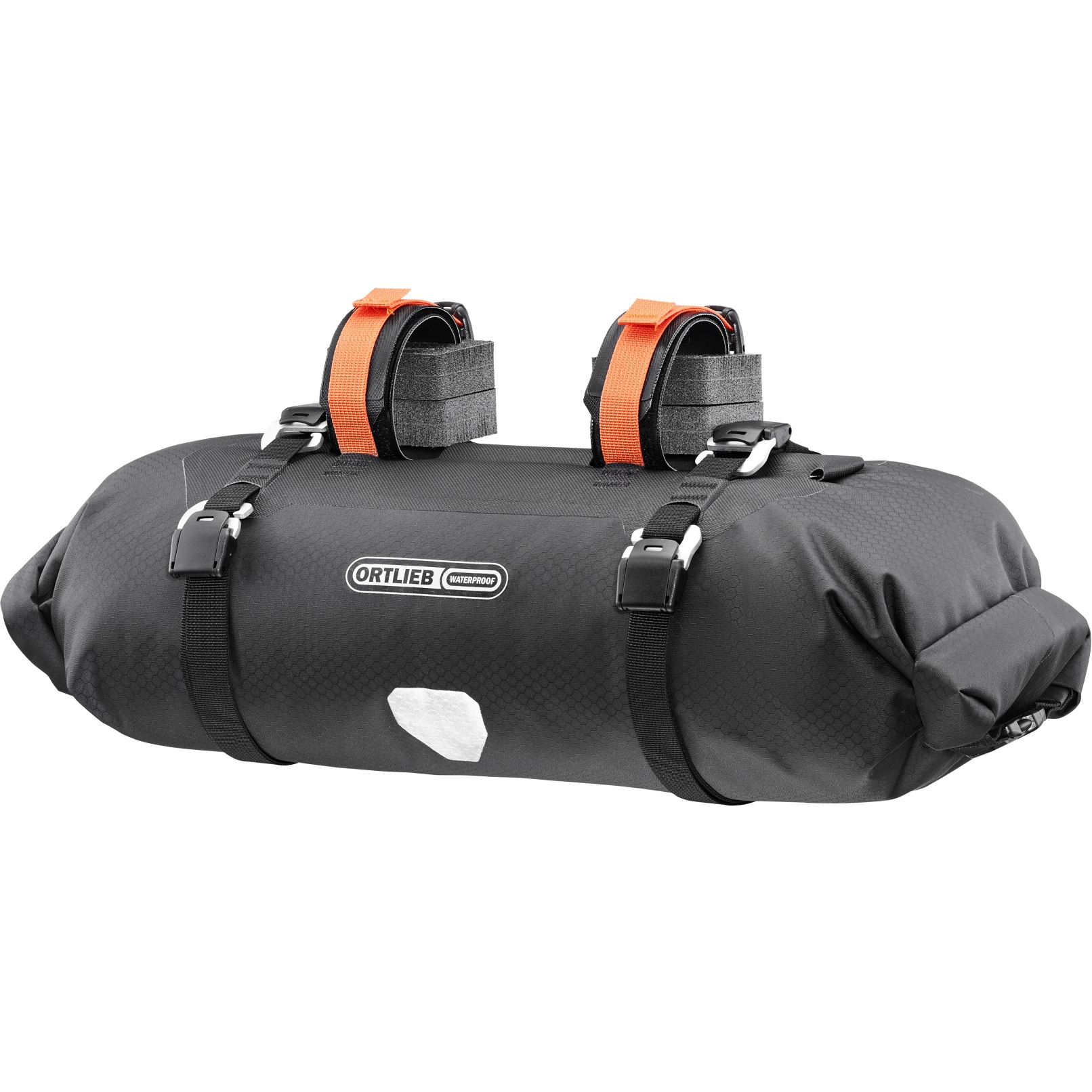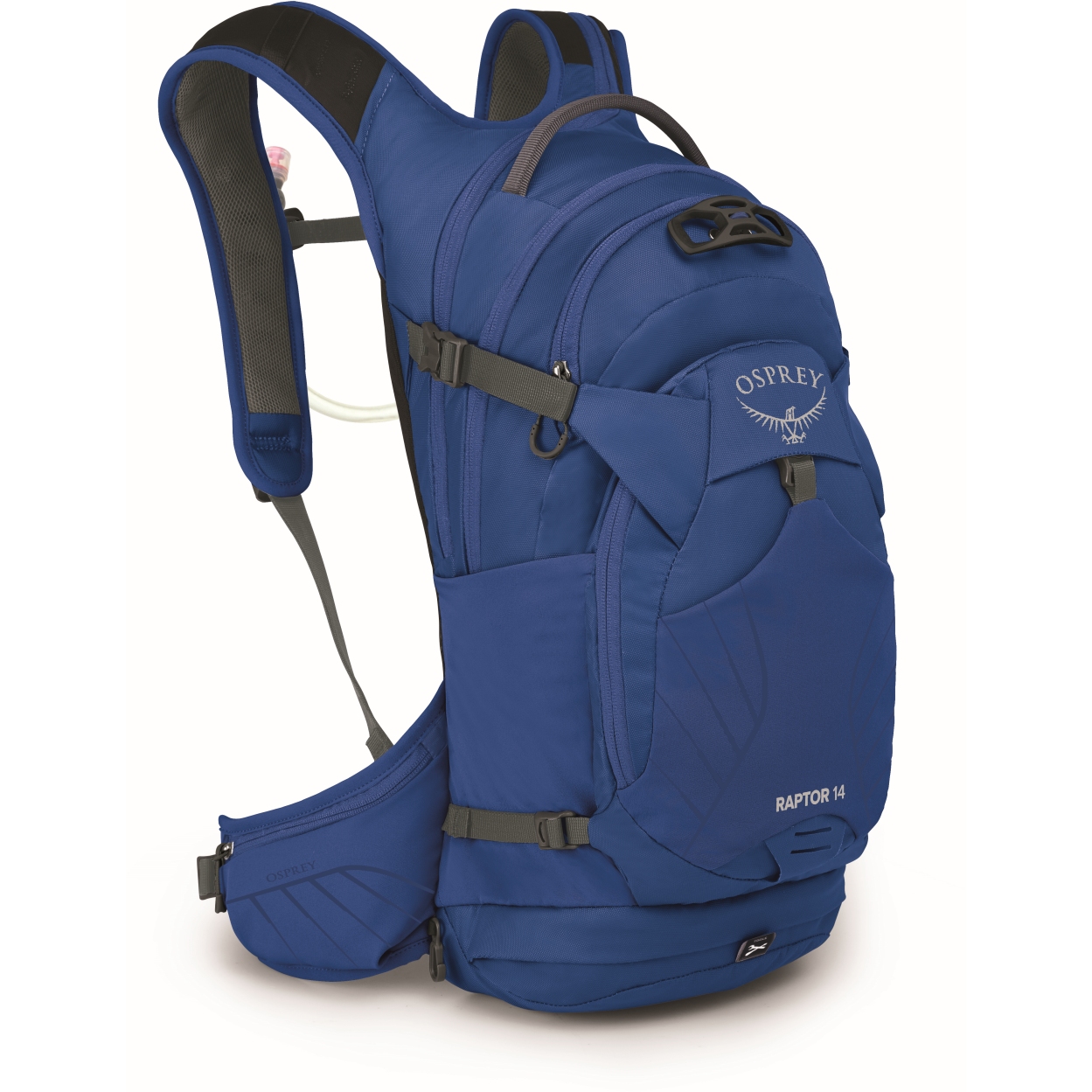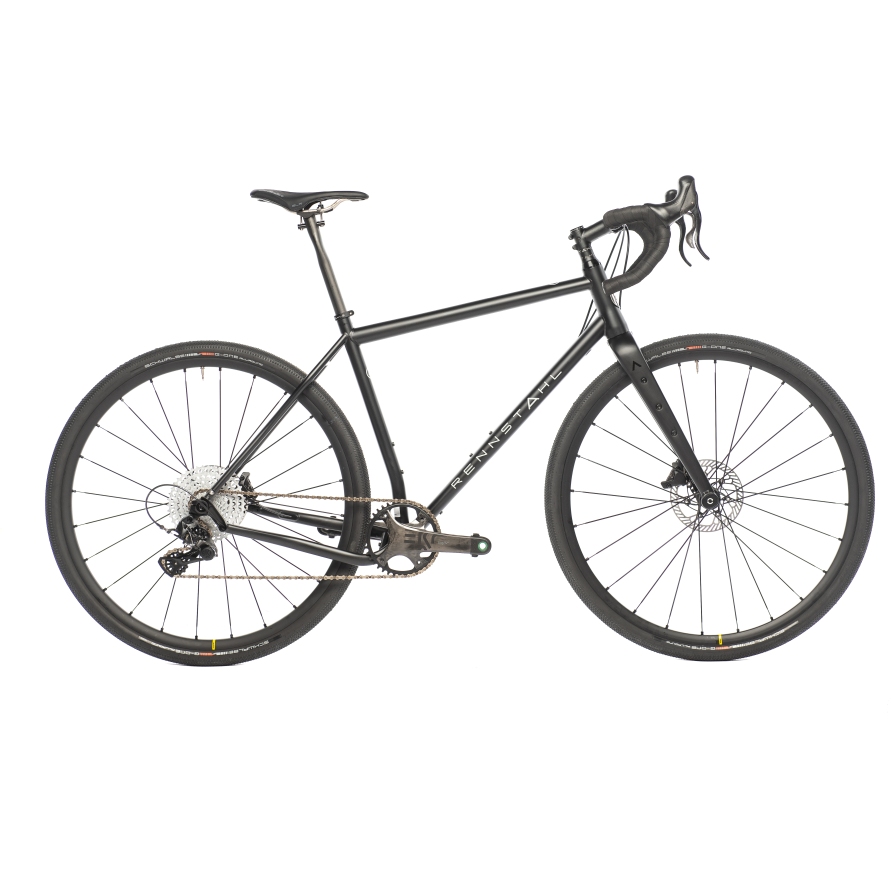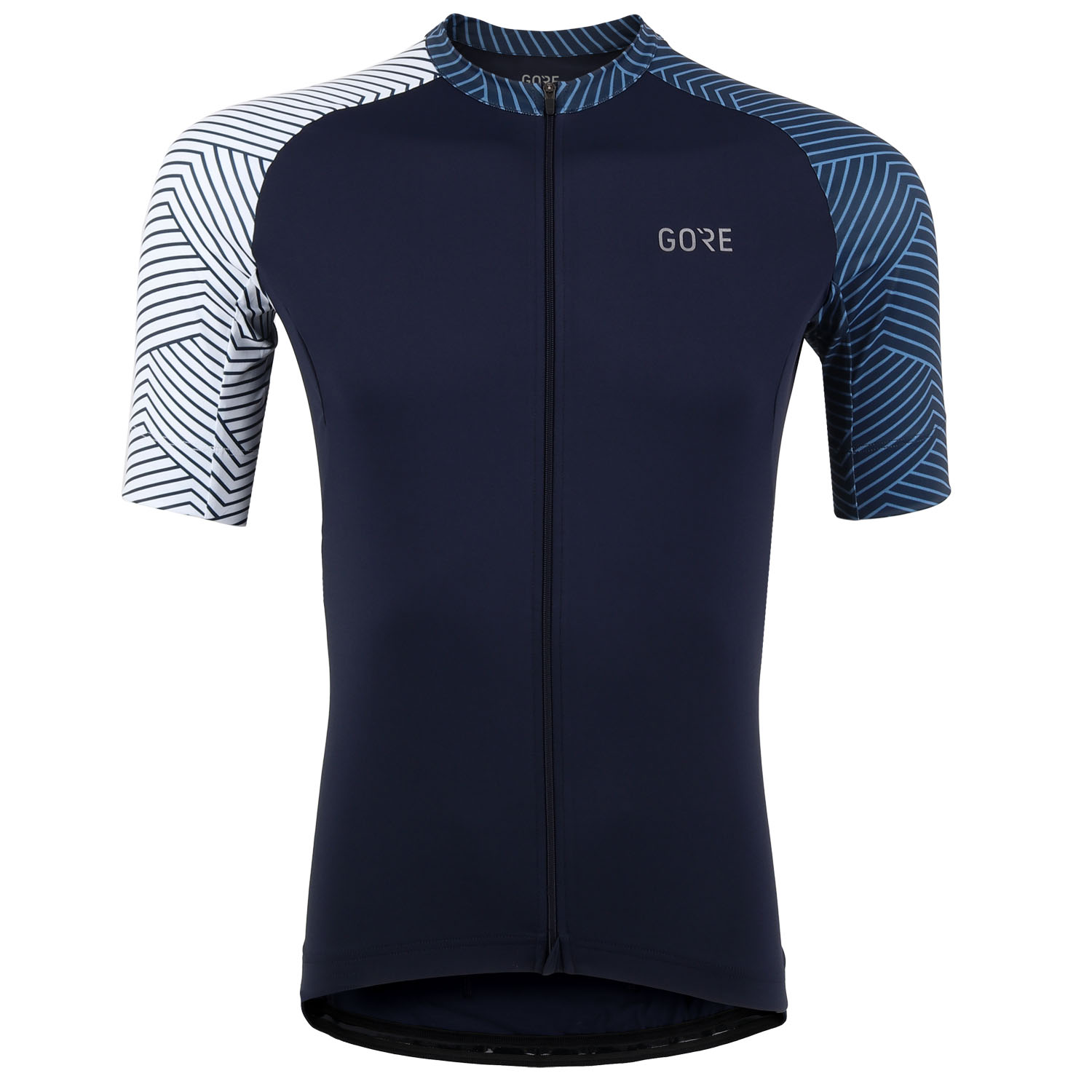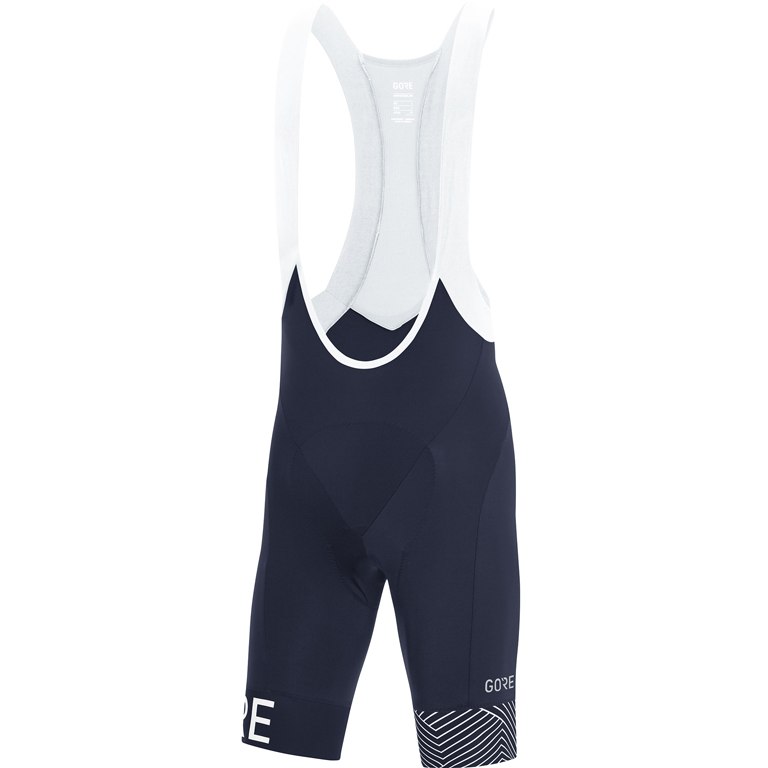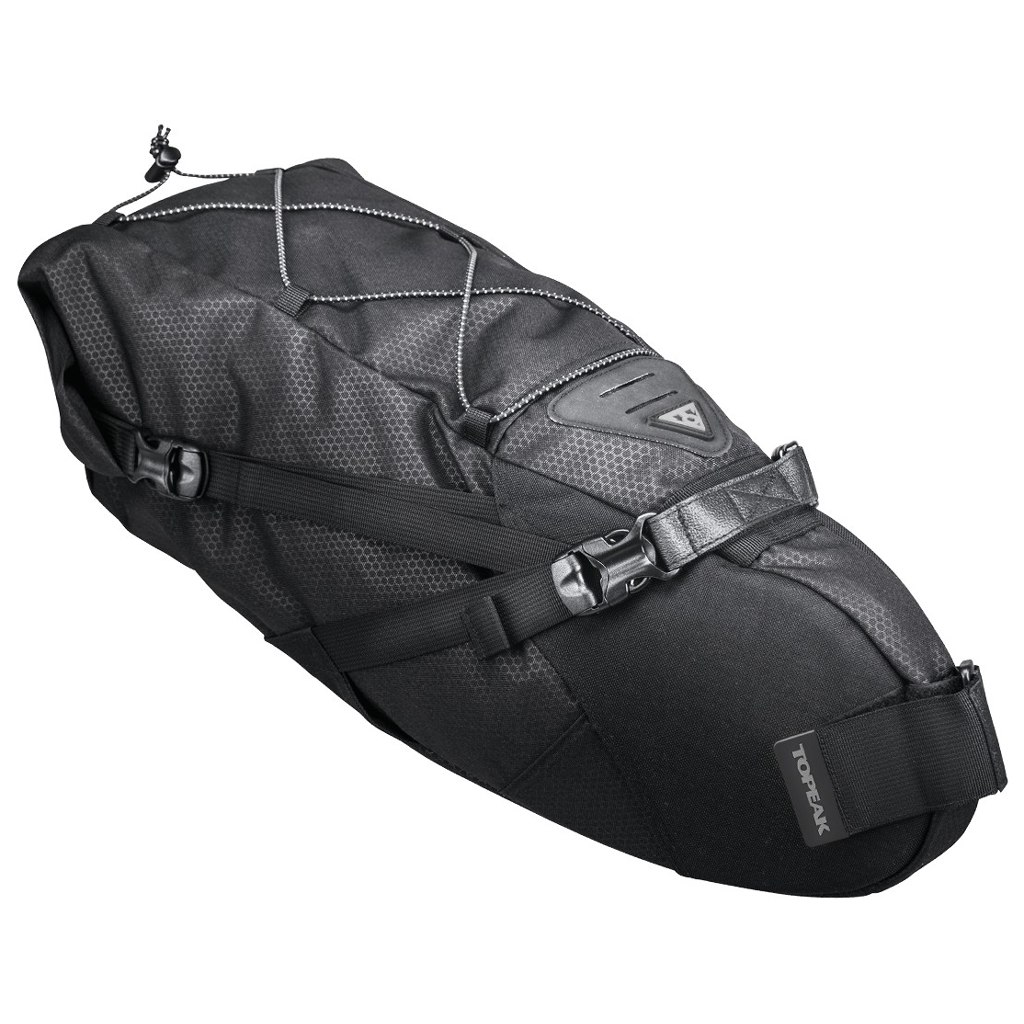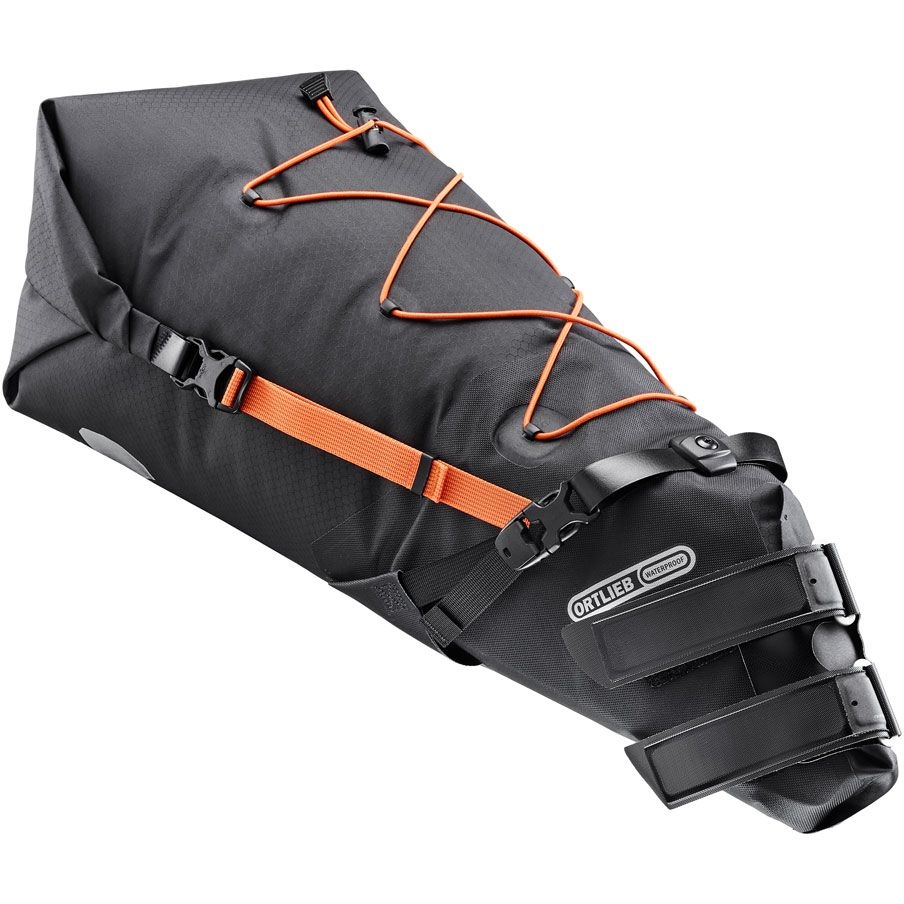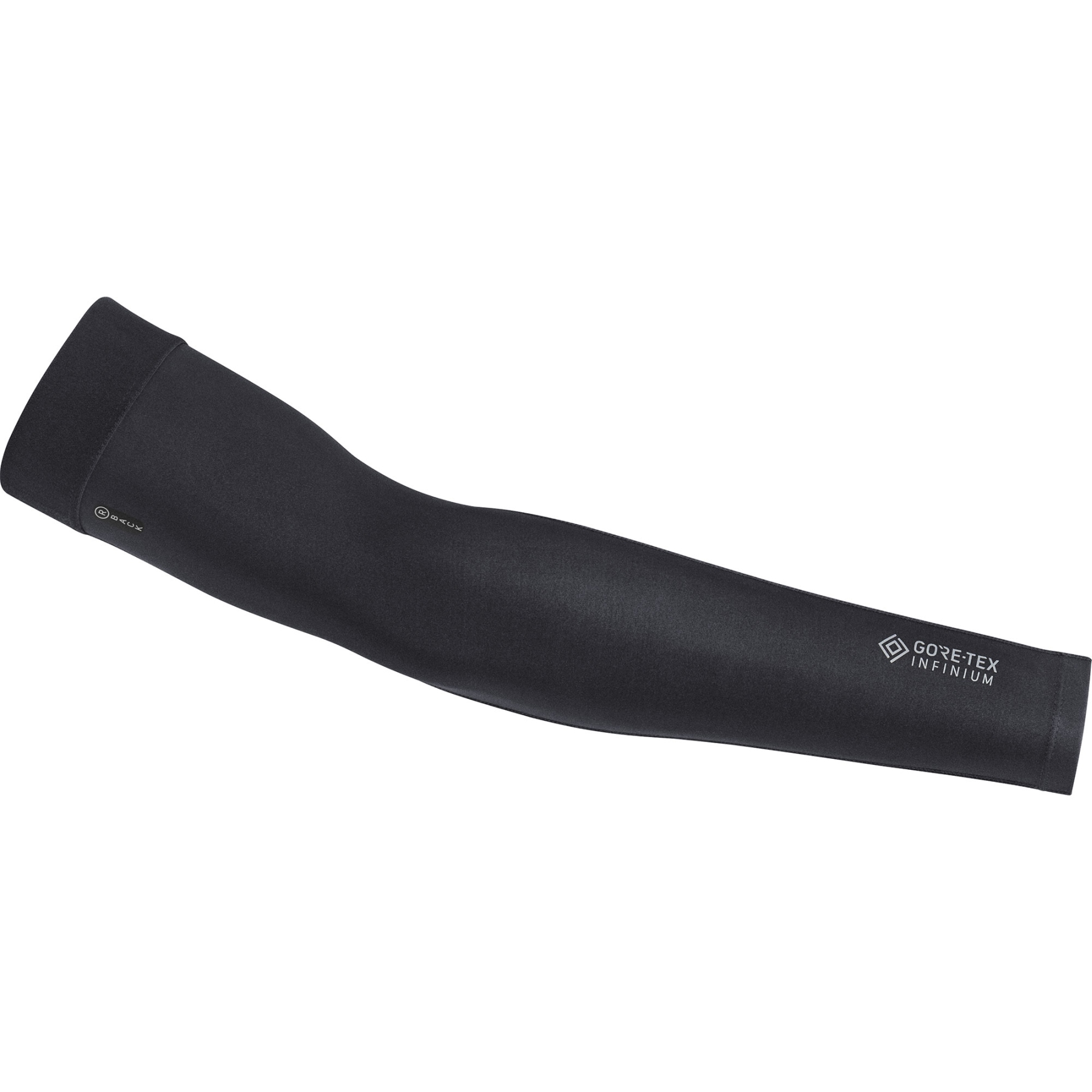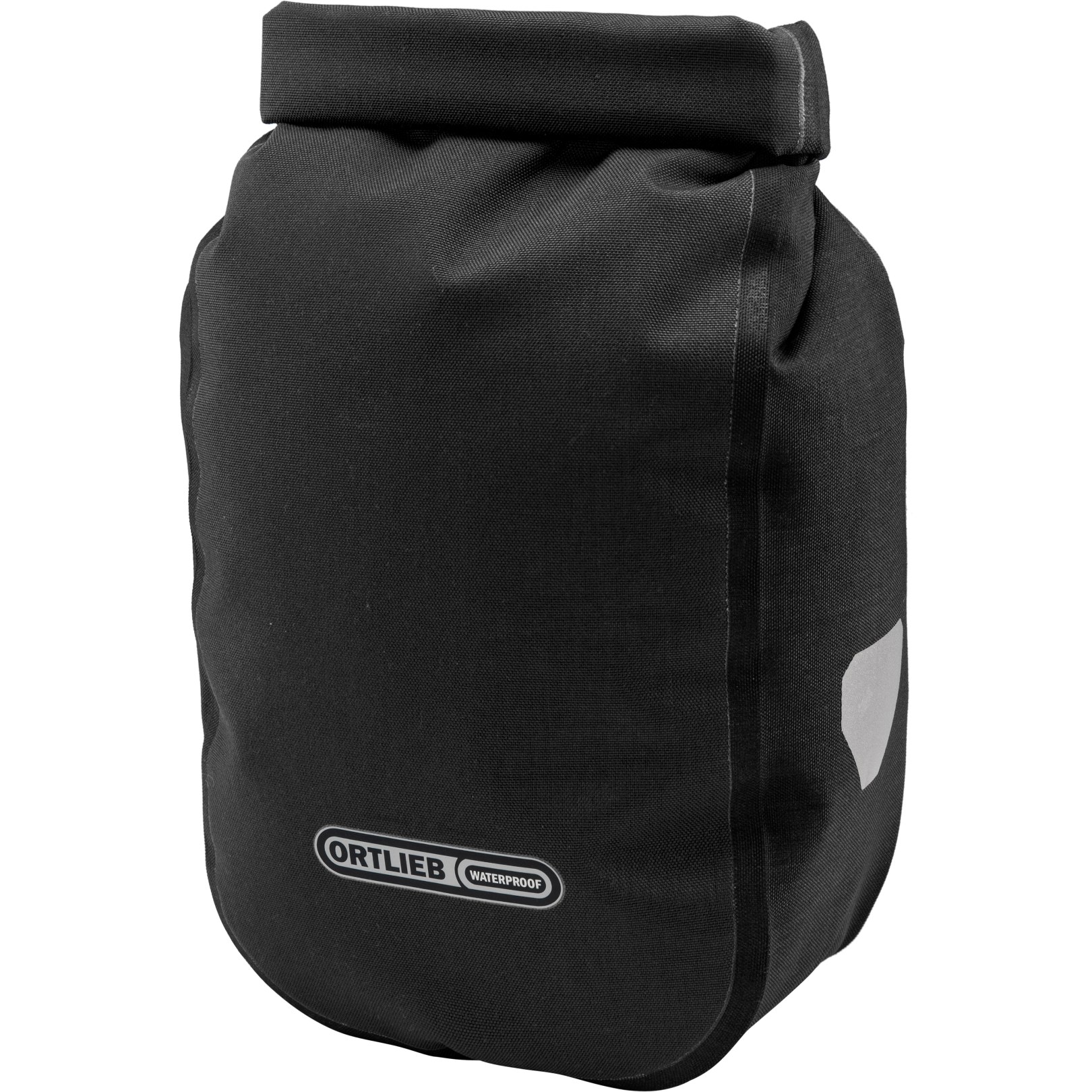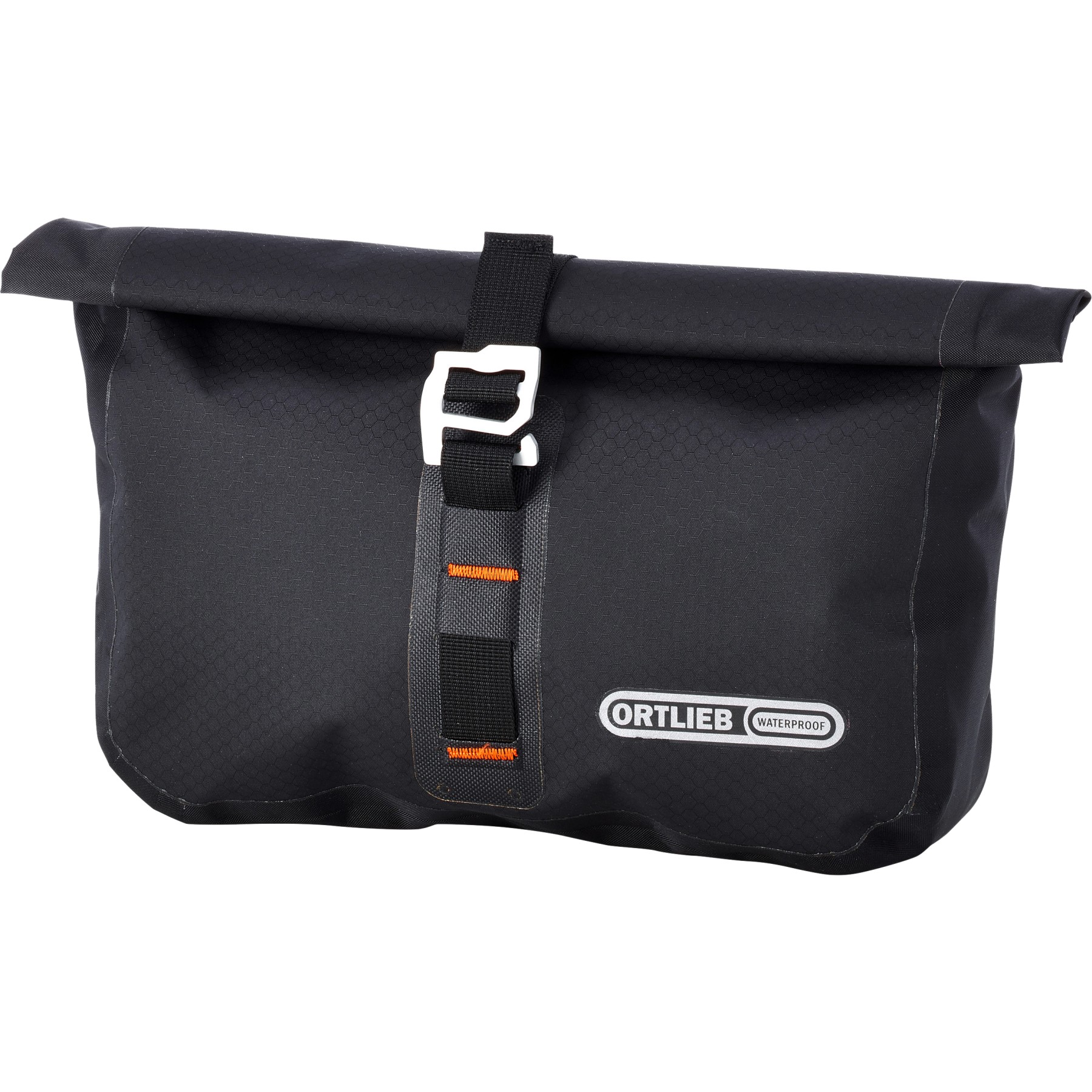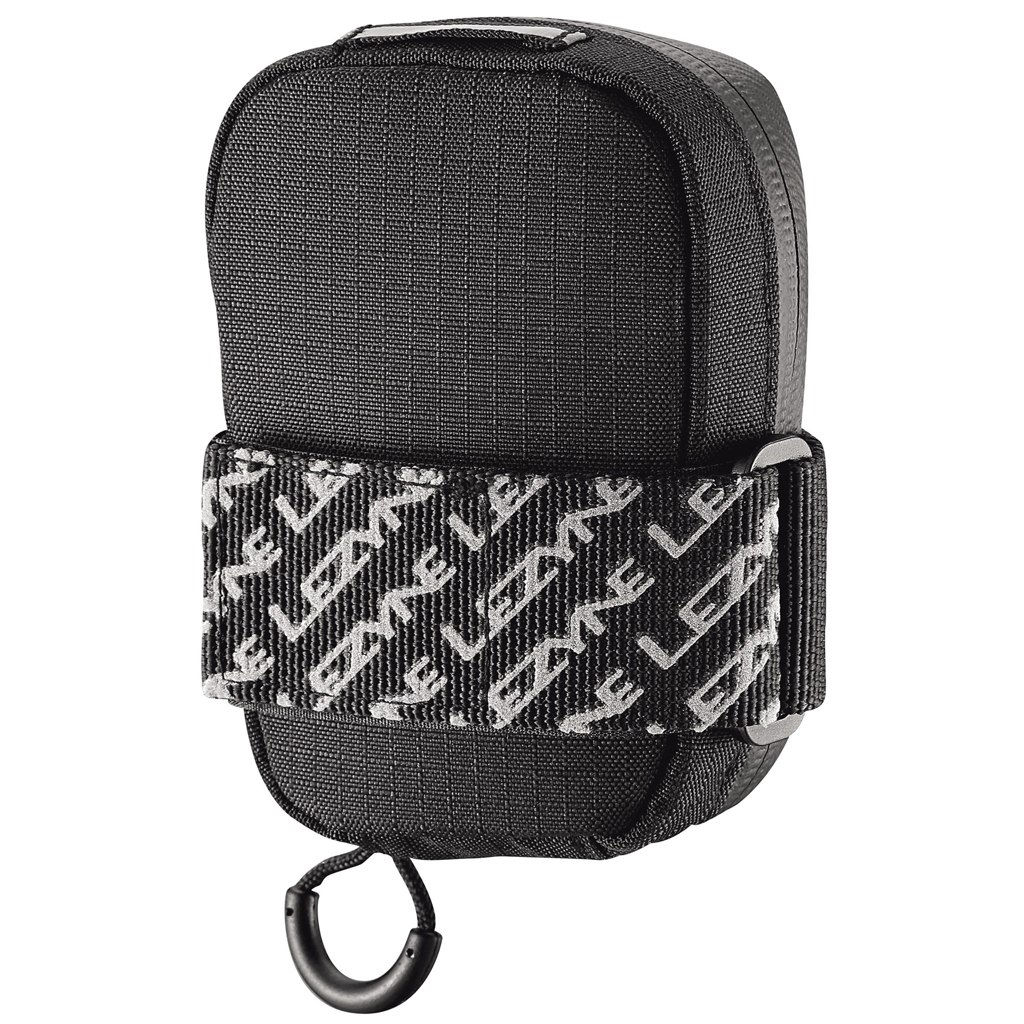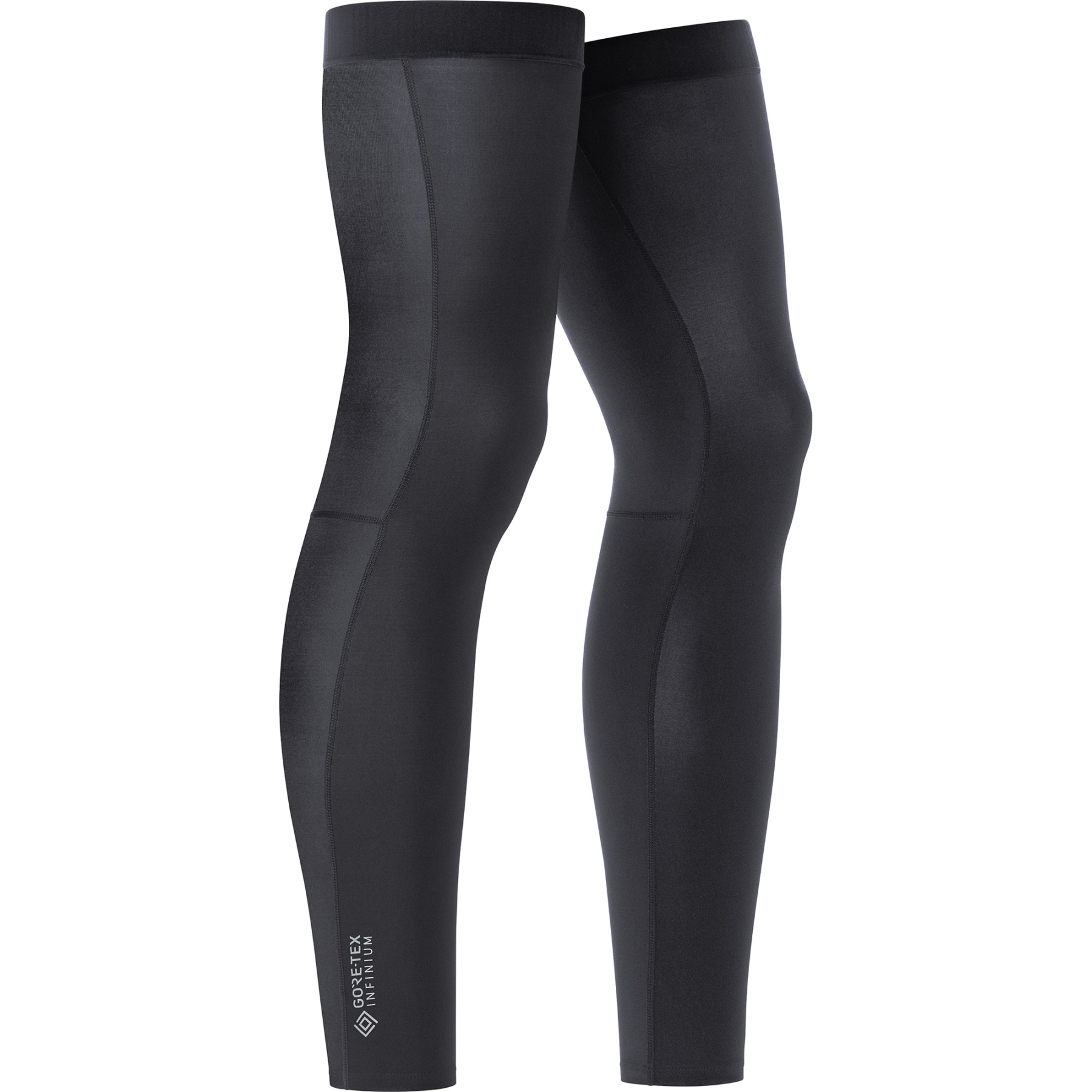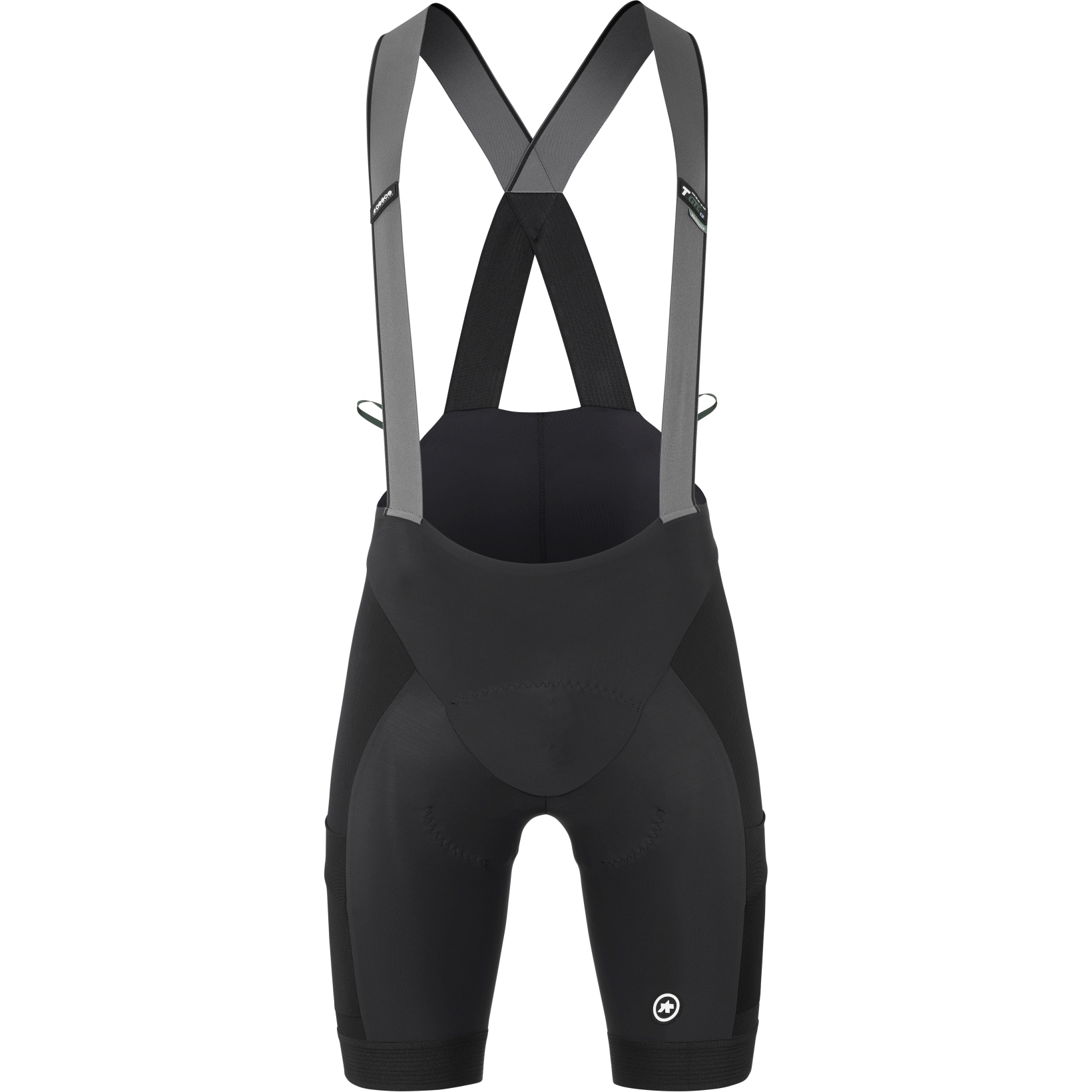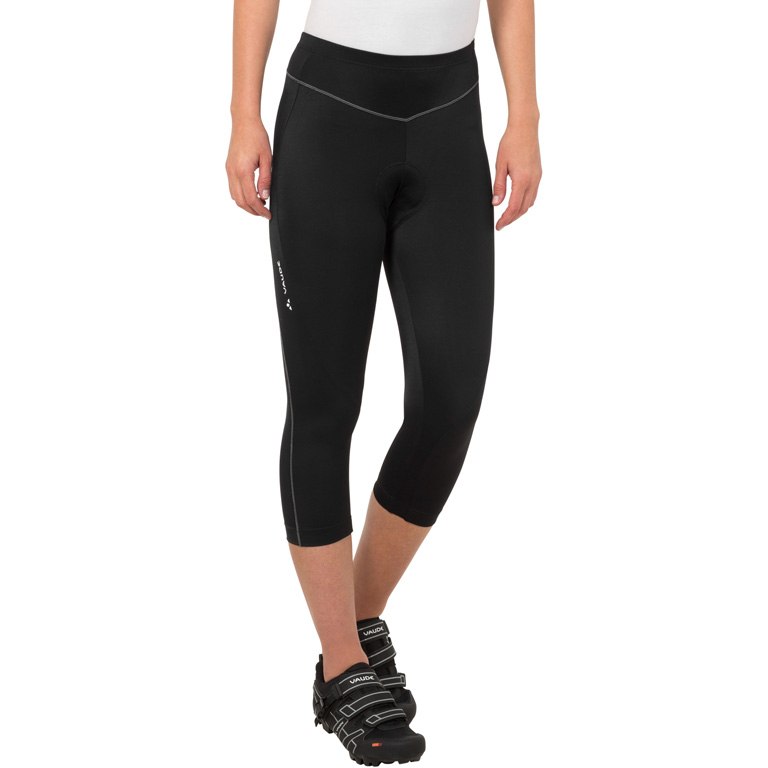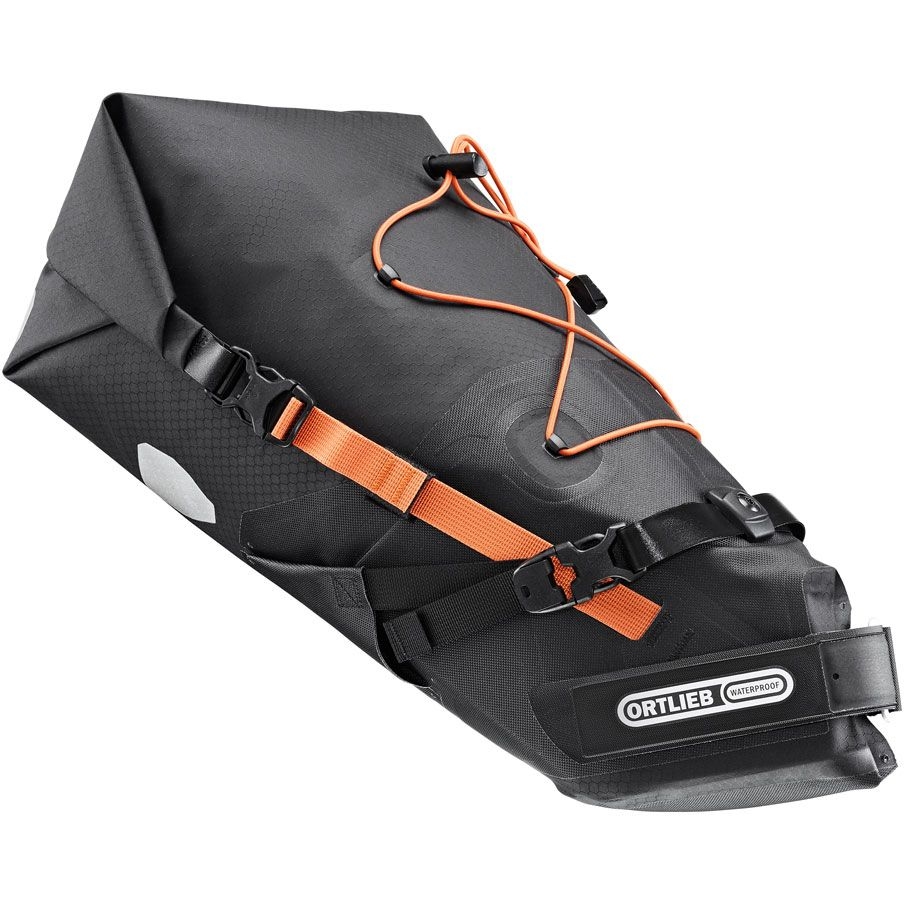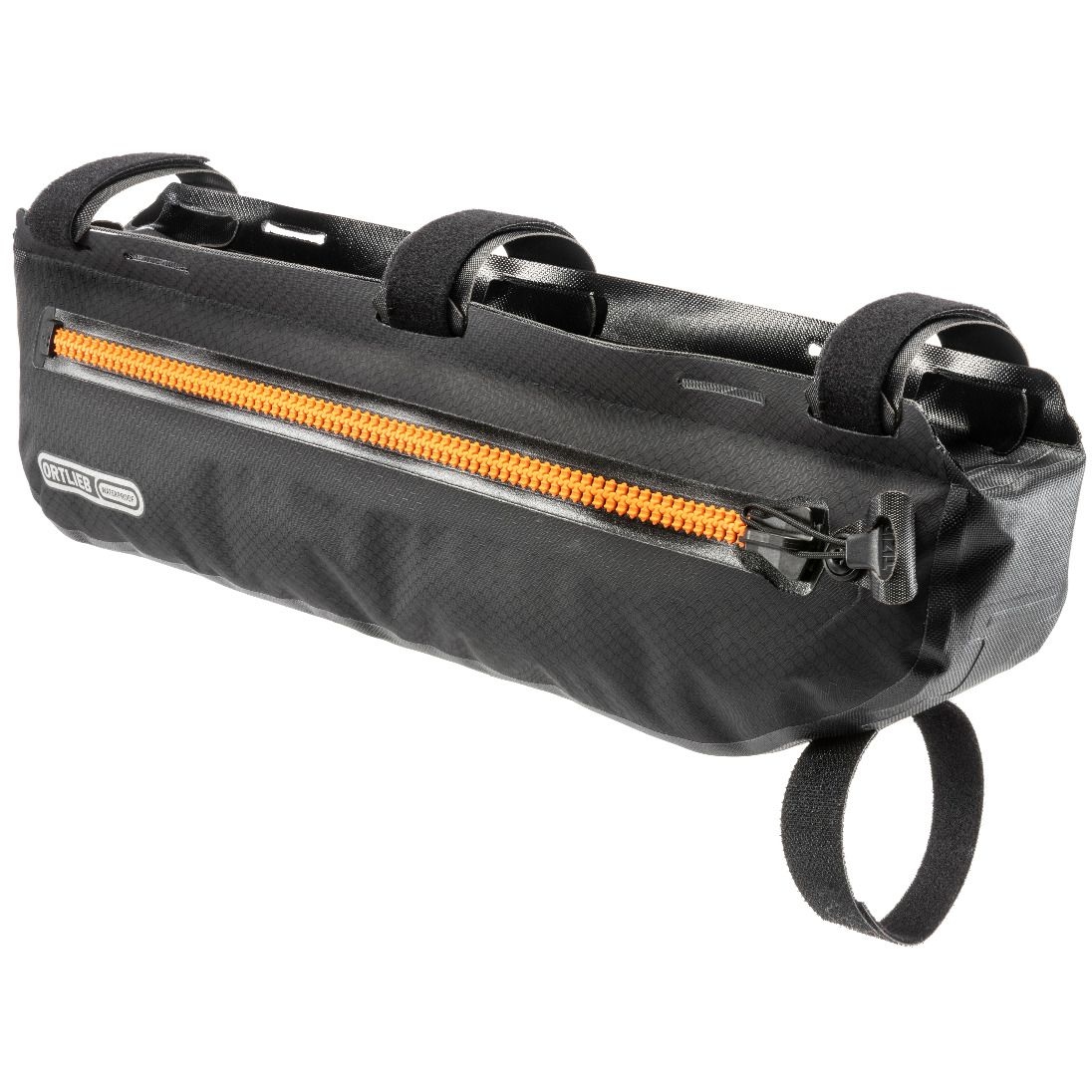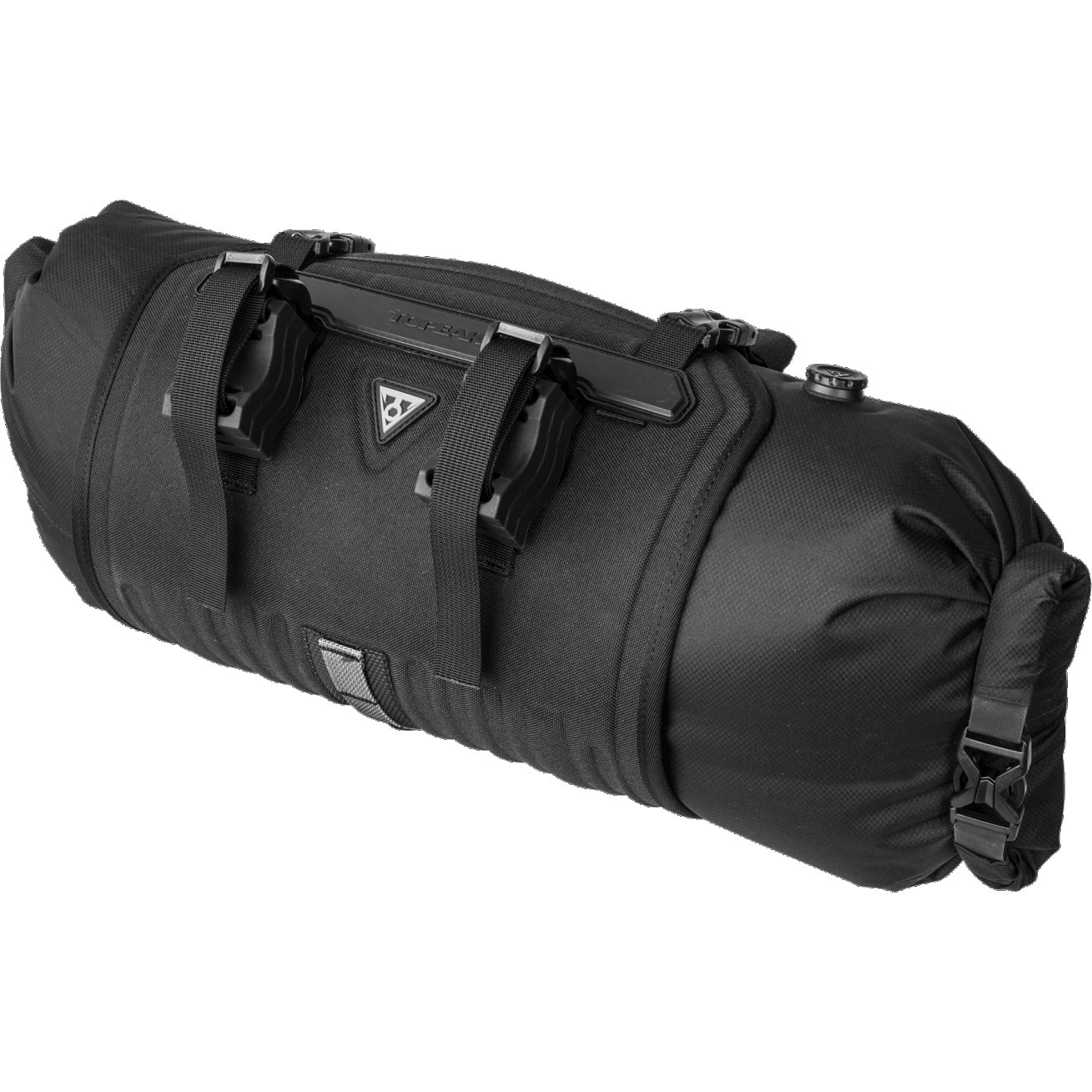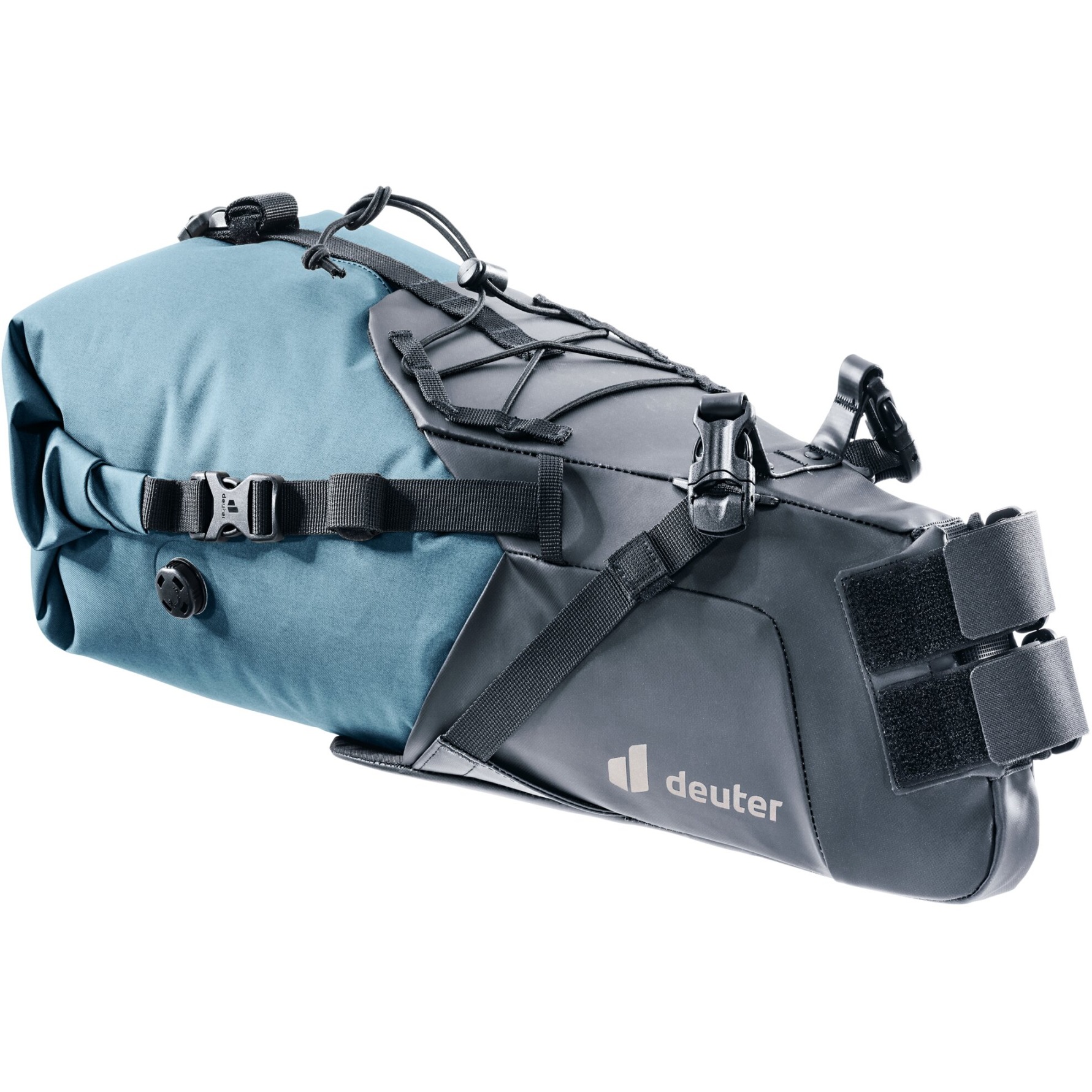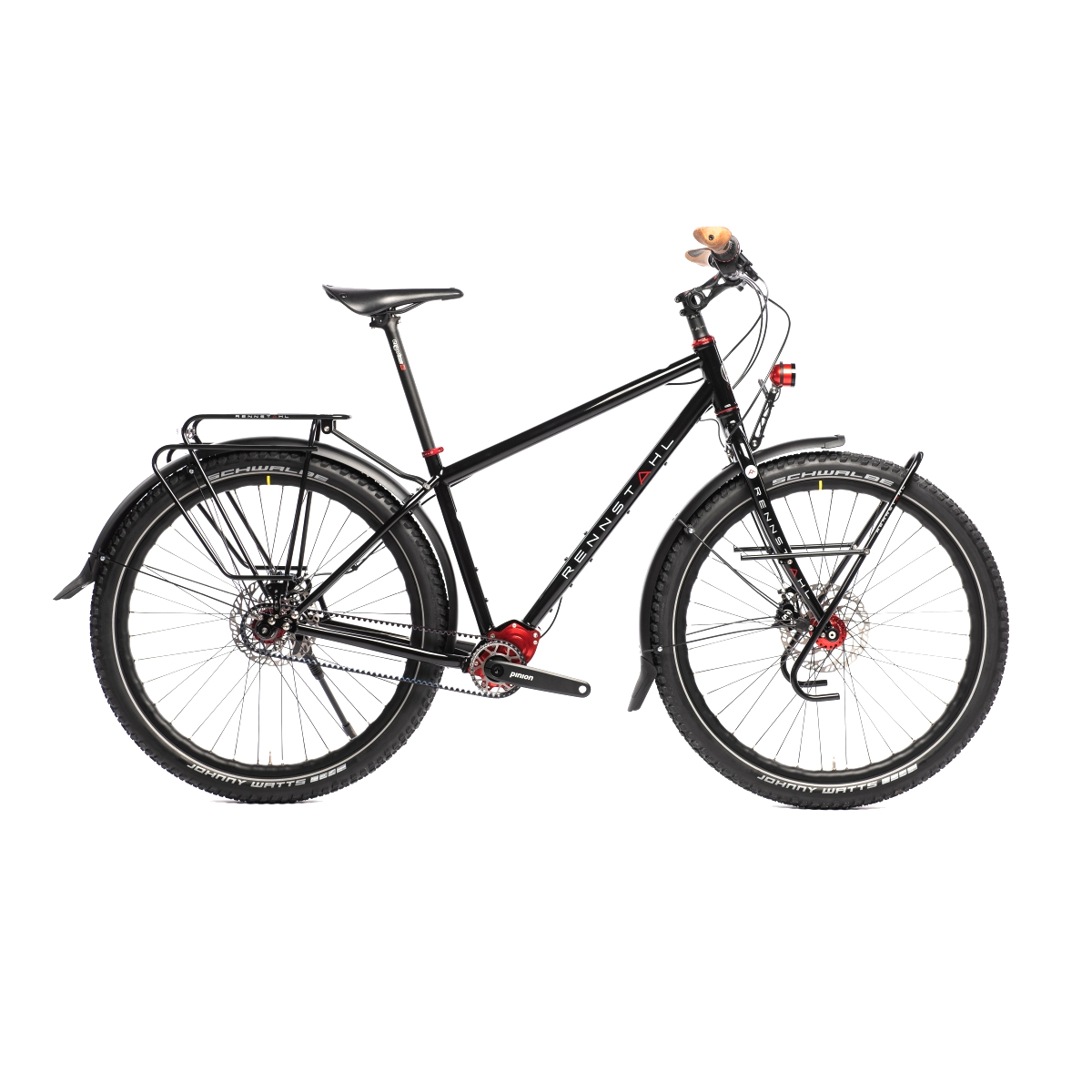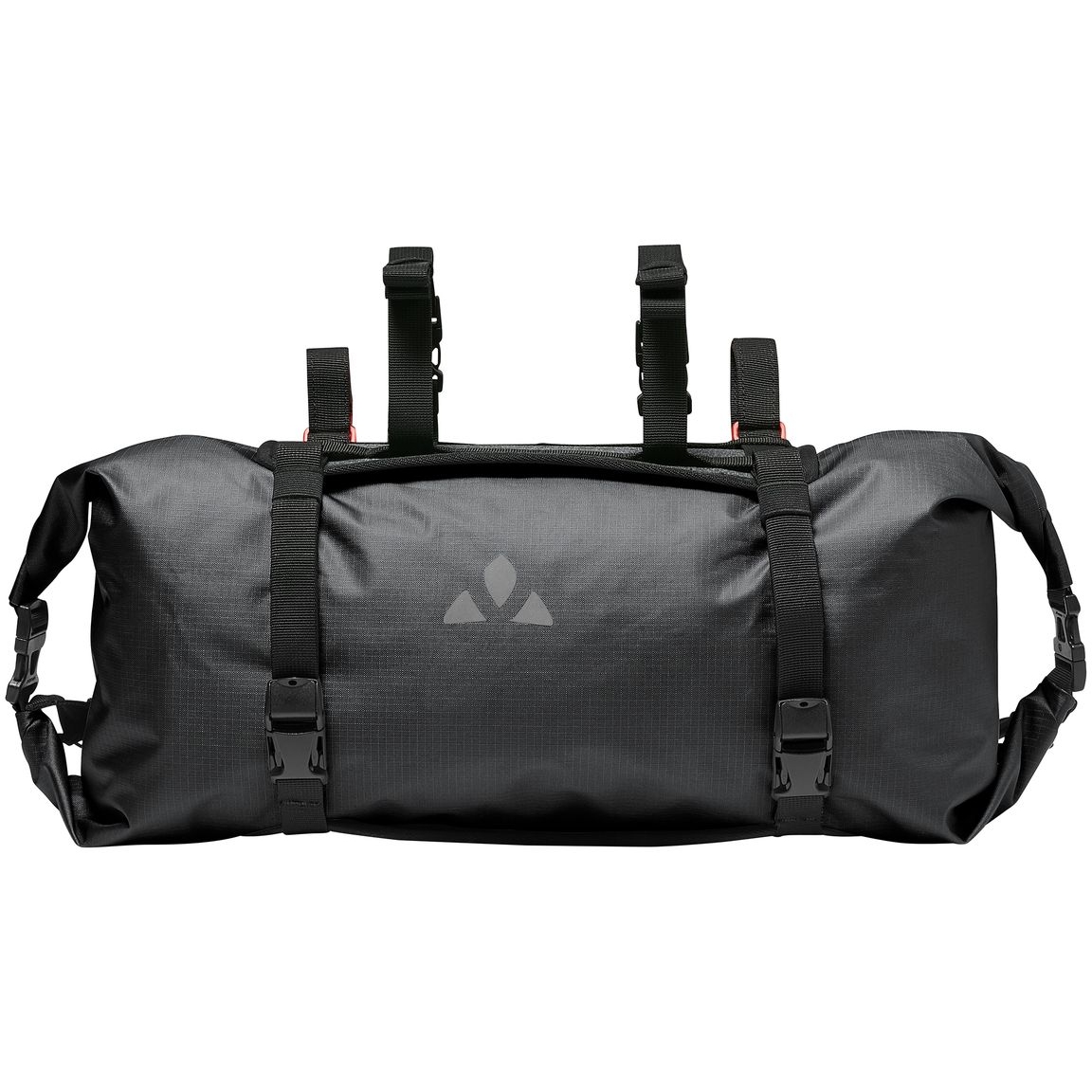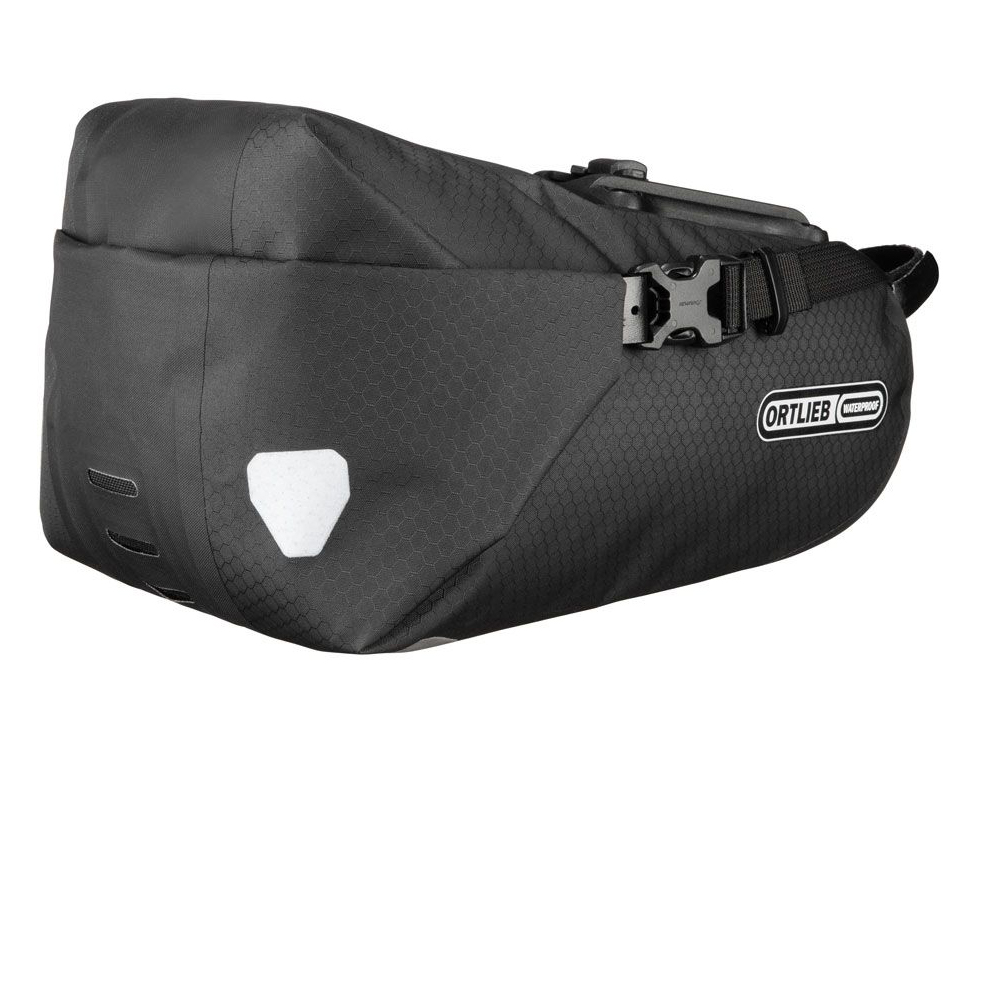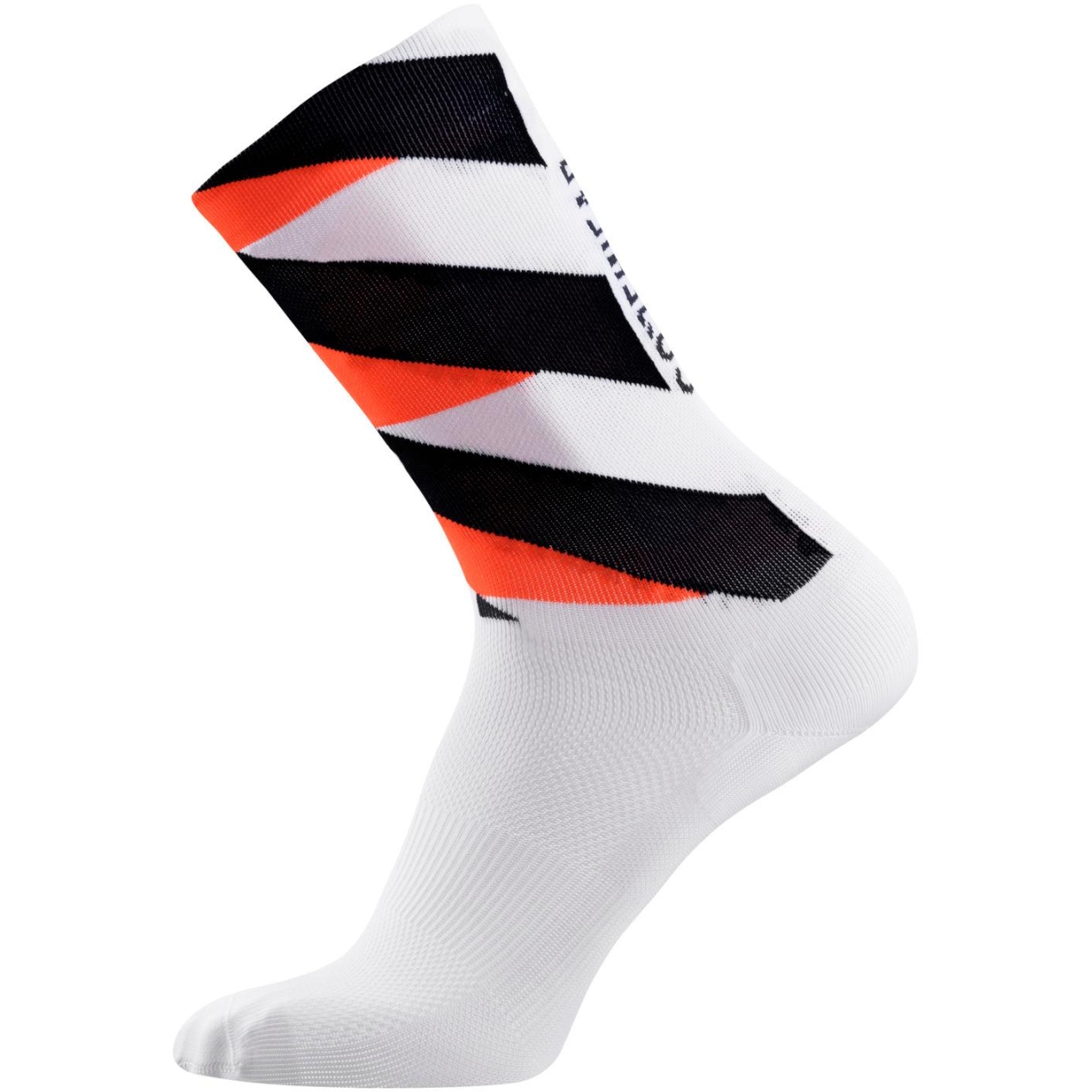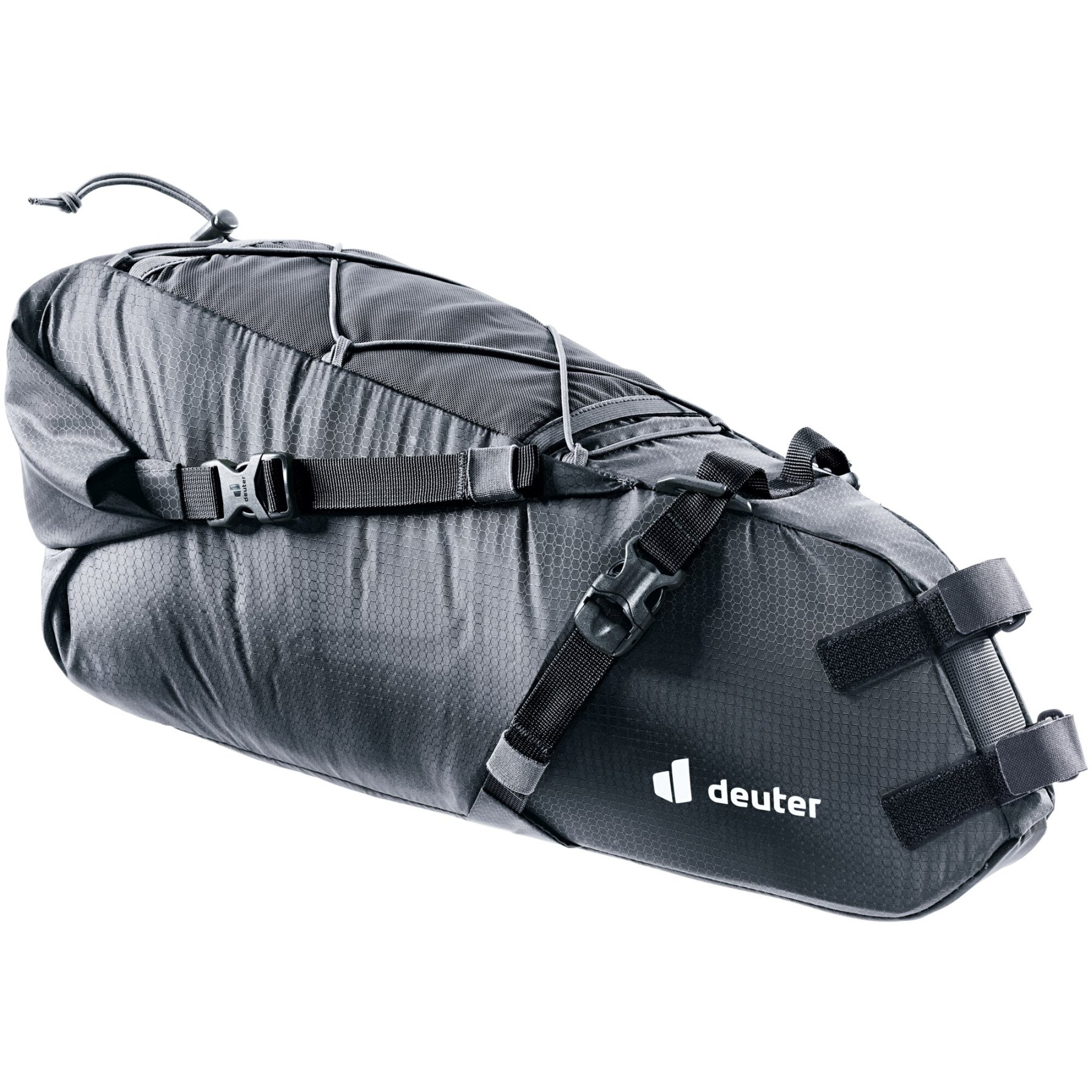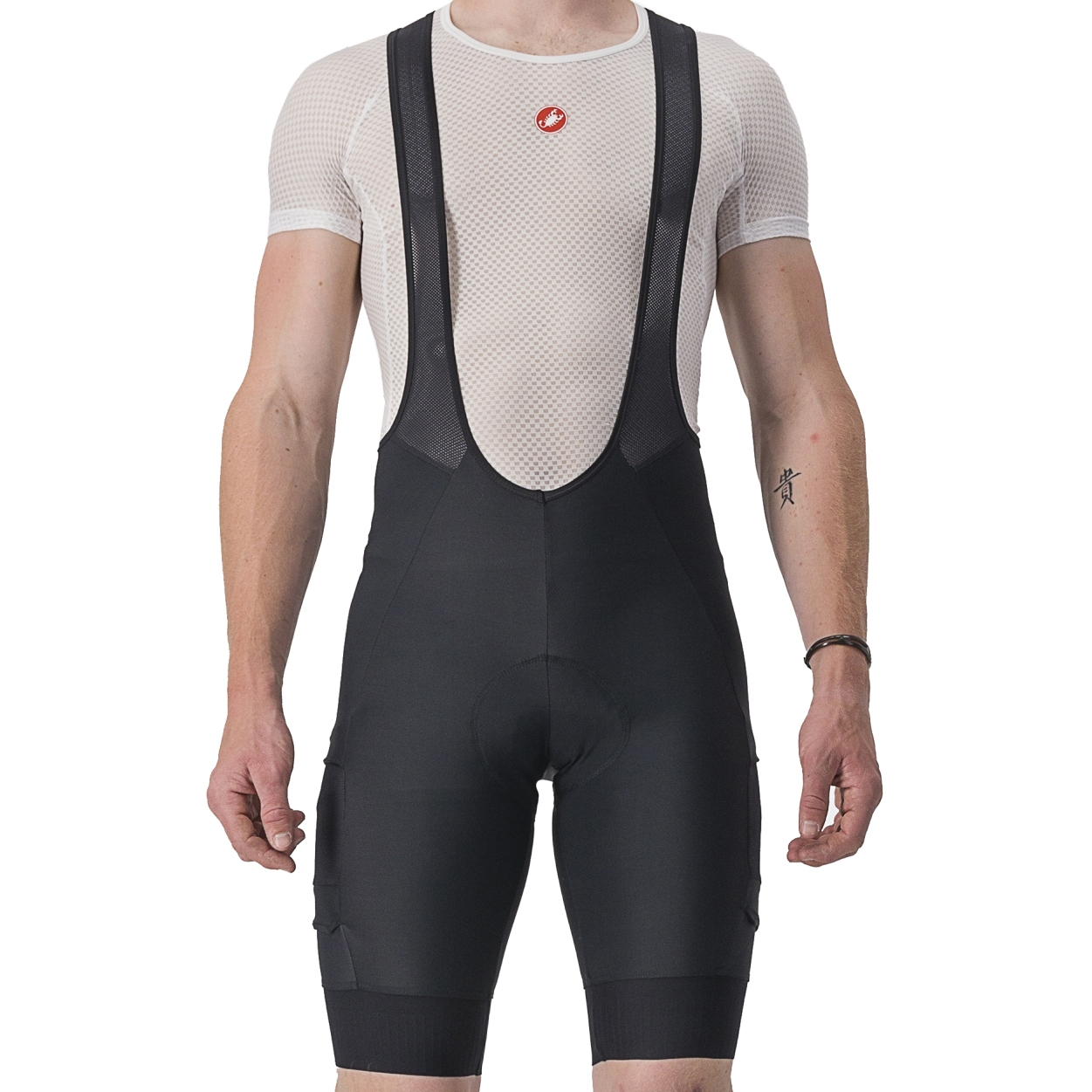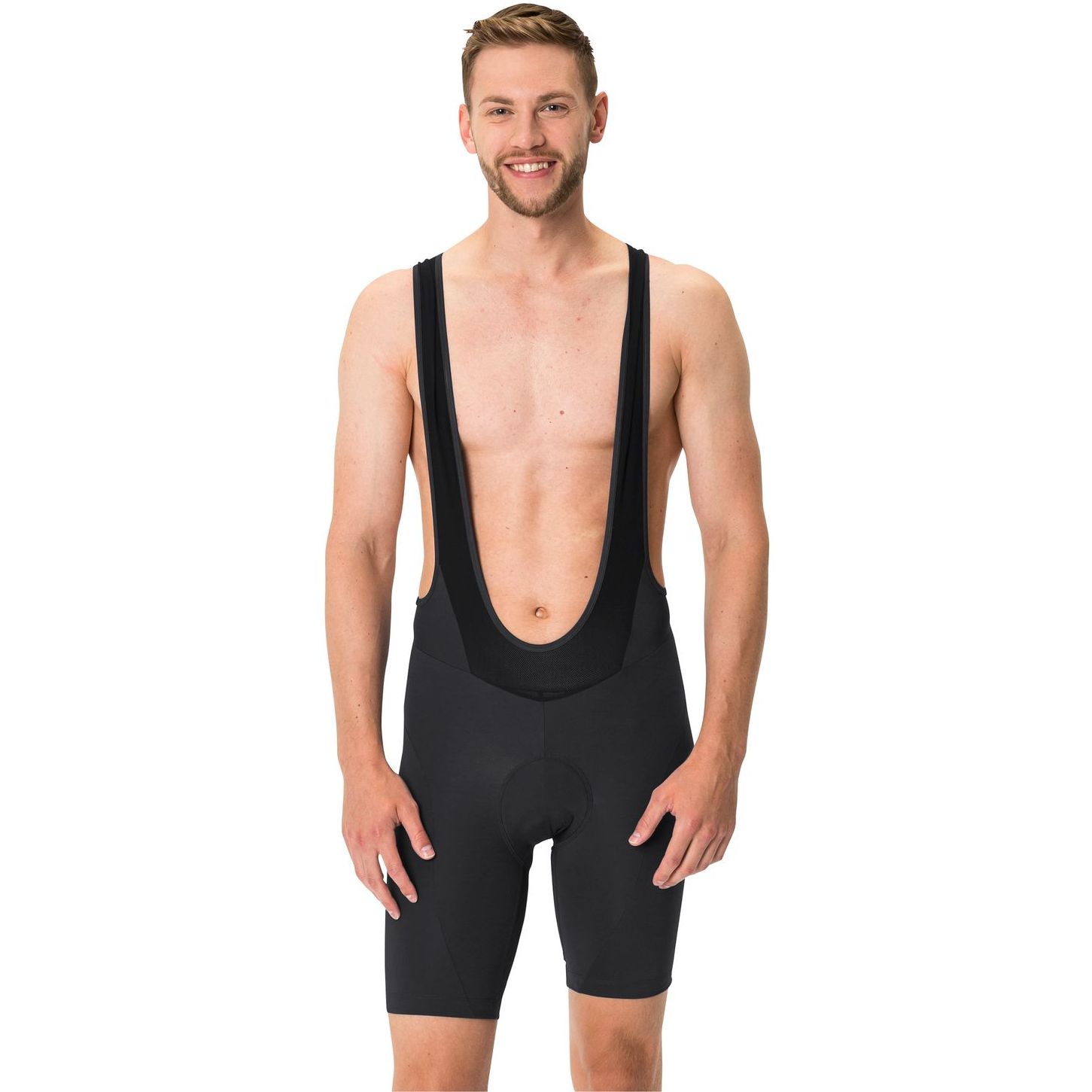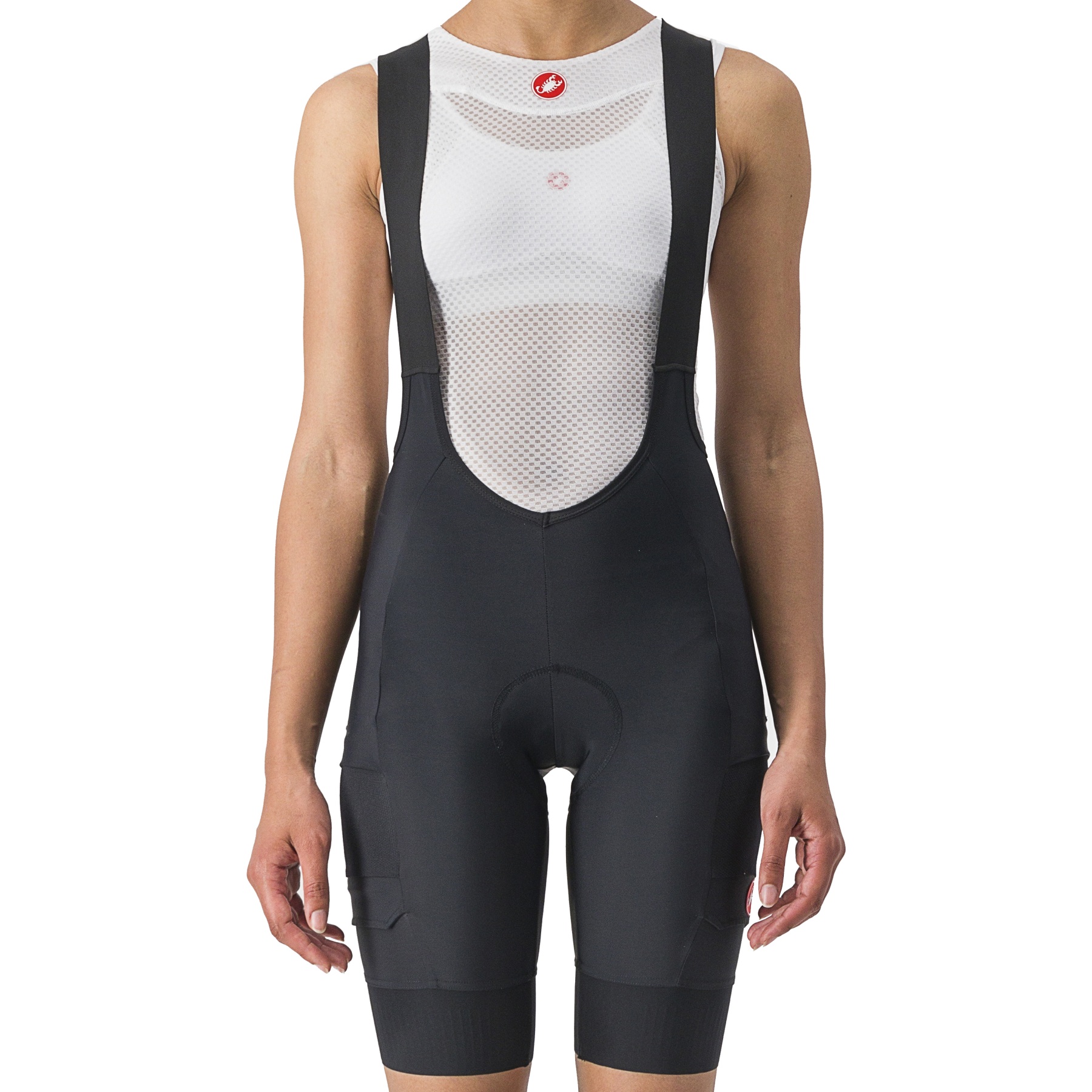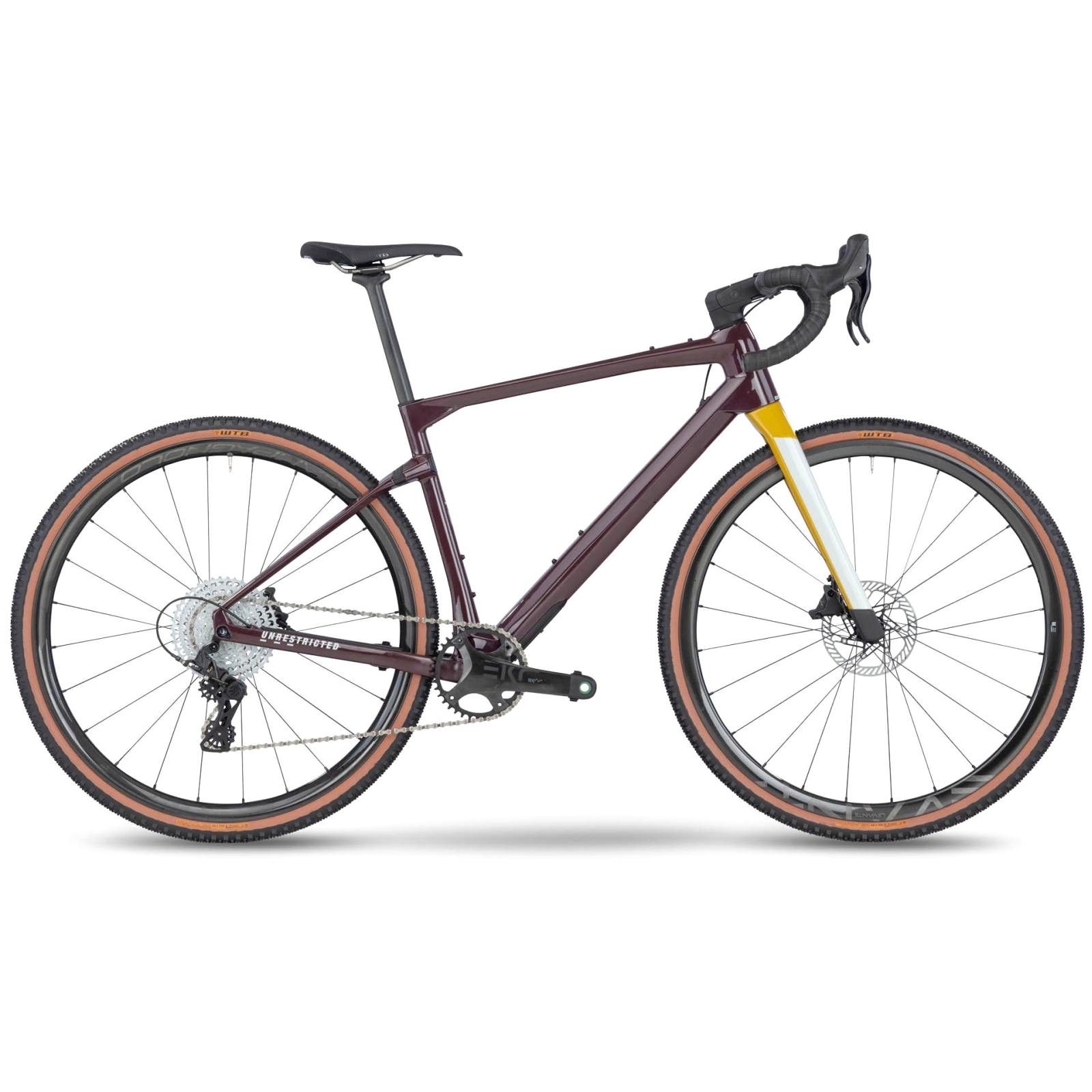- Home
- Our Best Bikepacking Gear Selection – Your Journey Begins Now!
Our Best Bikepacking Gear Selection – Your Journey Begins Now!
Still no plans for the cycling season? Or you are just ready again for a vacation and could take a break? Then we have the right thing for you here: Bikepacking. Just take your bike and go on a well-earned summer holiday or a long weekend to get away from everyday life. That's why we will tell you everything you need to know for your first bikepacking adventure, support you while planning with our packing list and present you the latest highlights of bikepacking gear like bikes, tents, bikepacking bags & more.
Read moreThe term "bikepacking" is derived from "backpacking" – simply head out with what fits in a backpack, or in the case of bikepacking, with the bags attached to the bike. What Bikepacking actually is, what kind of bike you need, what kind of bikepacking gear and apparel you need, where and how to put up for the night, how to power your electronic devices and what else you should think of, we have collected the answers for you here. Fancy a small or a big adventure? Let's start with the following!
- Bikepacking – What It Is and What You Need?
- Road Bike, Gravel Bike, Mountain Bike – Which Bike Is Suitable for Bikepacking?
- Frame Bags, Saddle Bags, Handlebar Bags – You Can Get a Lot of Stuff in There!
- Jerseys, Shorts, Weatherproof Apparel – Do You Need Special Apparel for Bikepacking?
- Tents, Sleeping Bags, Sleeping Pads, Camping Equipment – What to Do about Staying Overnight While Bikepacking?
- Electronics and Power Supply – Life Energy for Mobile Phones, Smartphones, Navigation Devices
- Start Your Own Bikepacking Tour – What Should Not Be Missing?
- The Alternative – Trekking Bikes with Luggage Carriers
Bikepacking – What It Is and What You Need?
Minimalism & freedom – being one with bike and nature – that's what Bikepacking stands for. If the enthusiasm for the renewed all-inclusive holiday, in which you jet around the world, is limited this year and you are longing for deceleration, purism and adventure or you simply want to escape everyday life for a few days, you should perhaps give this topic a moment of your attention.
Bikepacking combines the fascination of bike travel with riding pleasure and a light, nimble bike. The difference between bikepacking and classic bike traveling becomes clear here: for bikepacking there is no need for carriers with panniers. These allow all kinds of luggage to be stowed, but the high overhang and extra weight make the bike more cumbersome and sluggish and drag increases enormously, too. On bad roads or even off-road, both material and rider, can quickly reach their limits. Bikepacking reduces luggage to a minimum and stows it in special bikepacking bags that are attached directly to the bike. The big advantage: the bike remains light, agile, all-terrain and therefore fast. The origin of Bikepacking lies in so-called "Self-supported Races". These long-distance races lead their riders through several daily stages on which the necessary luggage has to be transported without losing speed and off-road capability.
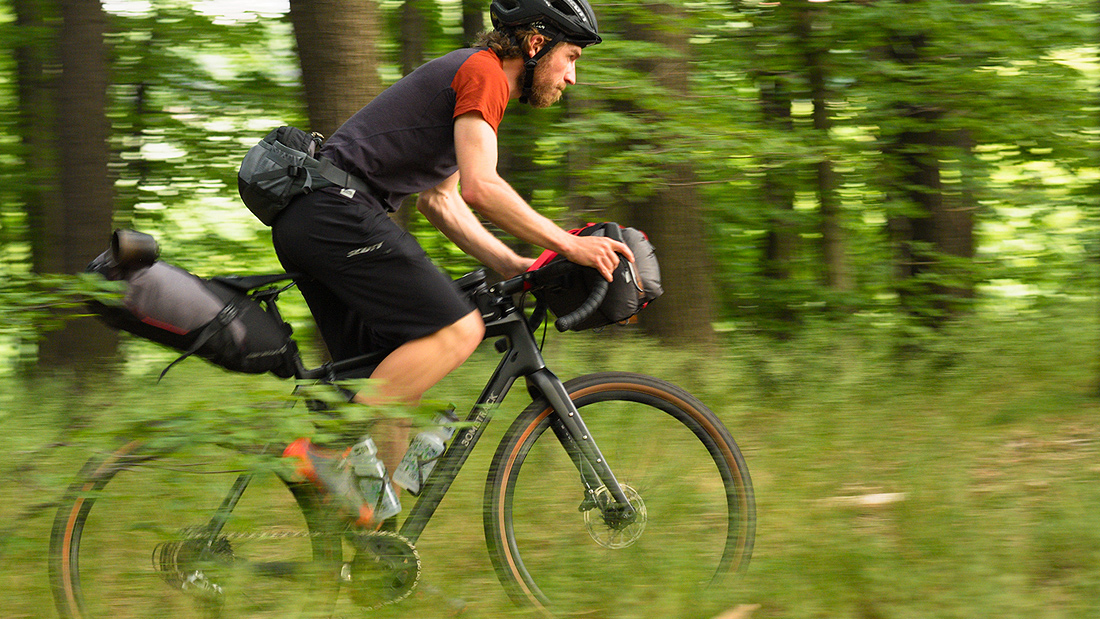
Road Bike, Gravel Bike, Mountain Bike – Which Bike Is Suitable for Bikepacking?
The question can be answered briefly and concisely: basically any with a diamond or not to low step-through frames. So probably also the one you already own. Since bikepacking depends on sporty and fast progress as well as steady handling compared to an unloaded bike, the luggage is stowed in bikepacking bags directly attached on the bike or respectively the frame – usually without a carrier. Your bike already has everything it needs to become a bikepacking rig: a frame, saddle, seat post, handlebar. So there's no need for carrier braze-ons or carriers.
Since sportiness and agility are at the focus, road bikes, allroad or gravel bikes, cyclocross bicycles, mountain bikes and fat bikes have become particularly the most important part of bikepacking equipment. Bikepacking bags can also be easily accommodated on highly efficient racing machines. But if you prefer not to be limited to asphalt tracks only, you can choose a more versatile Adventure Road Bike or Gravel Bike.
Wider and partly off-road tires are important components providing more comfort and riding fun even on gravel tracks and trails. These bikes are often equipped with additional braze-ons, e.g. on the fork, which allow additional mounting of luggage or bottle holders. You would rather get directly down to brass tacks and push forward into terrain that you could never reach with conventional luggage and you need a bike that does everything? Modern mountain bikes are perfect to build a great bikepacking rig – they're light, comfortable, sporty and suitable for off-road use – so you can get the most out of them. Only with dropper seatposts and full suspension bikes it should be noted that the bags should not impair the sliding parts or collide with the tires during height adjustment/suspension. If the adventurous spirit is particularly strong, a Fat Bike could also be the answer. The oversized tires open up new possibilities – limitless rides over gravel or sand passages on the coast, on the beach or river banks, or even snow – regions you couldn't discover with any other bike.
Frame Bags, Saddle Bags, Handlebar Bags – You Can Get a Lot of Stuff in There!
There are many different and special bag systems for bikepacking in which your equipment can be stowed nowadays. Saddlebags with a packing volume of up to 20 litres are one of the most characteristic and eye-catching panniers on the bikepacking bike. Compression straps and sturdy material ensure that everything is securely fastened, even when things get a little rougher.
Let's be honest, nobody has used the space in the frame triangle besides for drinking bottles before. But there is a lot of space for big frame bags. These are ideal for stowing heavier objects, as they retain a lower centre of gravity, which ensures untroubled riding fun.
Saddle and frame bags are supplemented by compact handlebar rollers or special bikepacking handlebar bags.Important luggage such as documents, smartphones or energy bars are always accessible in these bags.
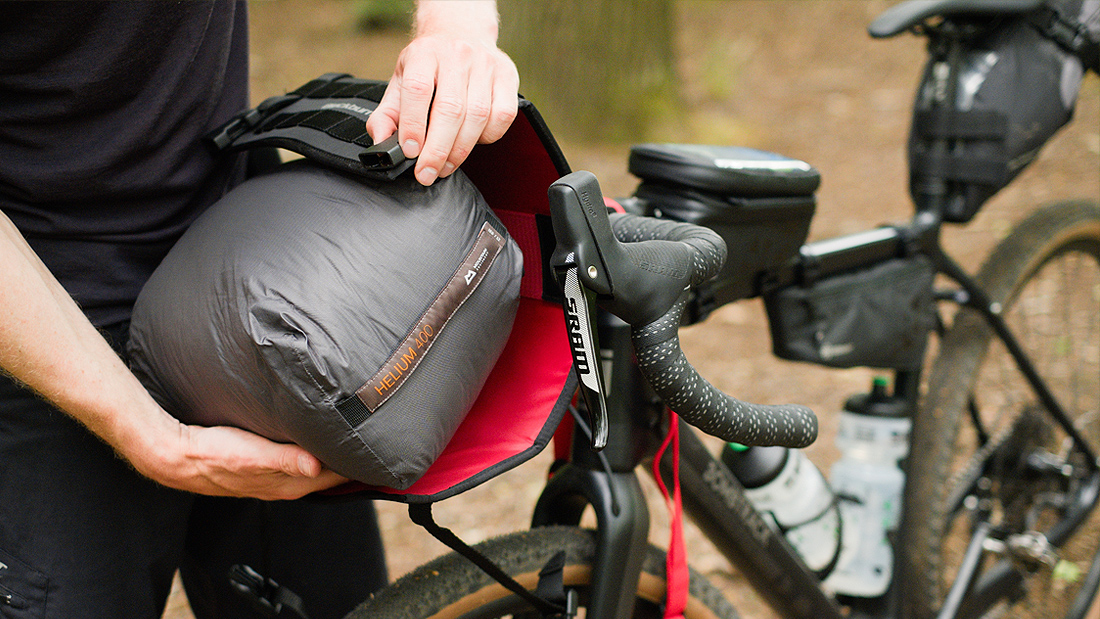
Jerseys, Shorts, Weatherproof Apparel – Do You Need Special Apparel for Bikepacking?
No. For the perfect outdoor adventure on the bike in nature, all you need is your usual cycling clothing in which you feel comfortable.
Functional clothing offers you the advantage of optimal climate regulation, sweat absorption and breathability. It also dries extremely quickly. You will inevitably sweat on longer bike trips where you spend the whole day in the saddle. The possibilities for washing your cycling apparel are limited or non-existent, depending on the route and local circumstances. If you want to prevent your clothing from smelling unpleasantly, try underwear and jerseys made of merino wool. This special fine wool comes from the merino sheep and is mainly produced in Australia today. Garments made of merino wool are predestined to be worn for several days on long bike journeys because they don't smell. Not even after several days of use. It therefore has to be washed less often. It also provides a sensationally soft feeling on the skin.
Anyone can ride when the weather is fine. Nature is unpredictable and we love it for that. Cycling in the rain is simply a part of a bike trip and makes it unique. In case of unpleasant surprises from above, you should definitely bring weatherproof bikepacking gear such as a small stowable rain jacket and long or short rain pants to protect you from wetness and cooling down.
For cuddly evenings in front of the tent, it's definitely worth wearing comfortable warm clothing such as a fleece or down jacket. The latter in particular provides cosy warmth and can be packed up quite small. On cooler nights in your sleeping bag, functional underwear gives you a feeling of well-being. These are also available in odour-resistant and soft merino wool.
Tents, Sleeping Bags, Sleeping Pads, Camping Equipment – What to Do about Staying Overnight While Bikepacking?
In accordance with the bikepacking roots, which lie in MTB multi-day races, you spend the night outdoors in a tent. True to the motto ‘everything can be done, nothing has to be done‘, you are of course free to choose whether you like spending the night in the great outdoors or prefer fixed accommodation. Because it has to be considered that you have to transport your bikepacking gear by your own power.
A tent or a more lightweight tarp, sleeping bag, camping stove, gas cartridges and camping cookware accessories take up a lot of space in your bags and of course increase the weight you have to move. But it's worth it. So you can enjoy complete freedom. Just stay exactly where you want, look for a campsite or – and of course you didn't get this from us – just look for a place in the wild – never before have you been so close to nature.
Tents, sleeping bags and stoves are now also available in bikepacking variations. From light to ultra-light and with a small pack size, modern tents are no longer heavy and can even be stowed away with only small space requirements. If you want to travel even lighter and faster and are prepared to do so without the comfort of a closed tent, then you should have a look at tarps or bivvy bags.
When using a tarp, the bikes turned on its handlebars and saddle can easily be use like poles.
Multi-fuel stoves are ideal as camping stoves, as you are flexible in your choice of fuel, if you prefer to buy them on the way instead of having to transport the necessary reserves over the entire journey.
Please respect nature, don't leave any rubbish at the campsite and inform yourself in advance about regional nature conservation regulations!
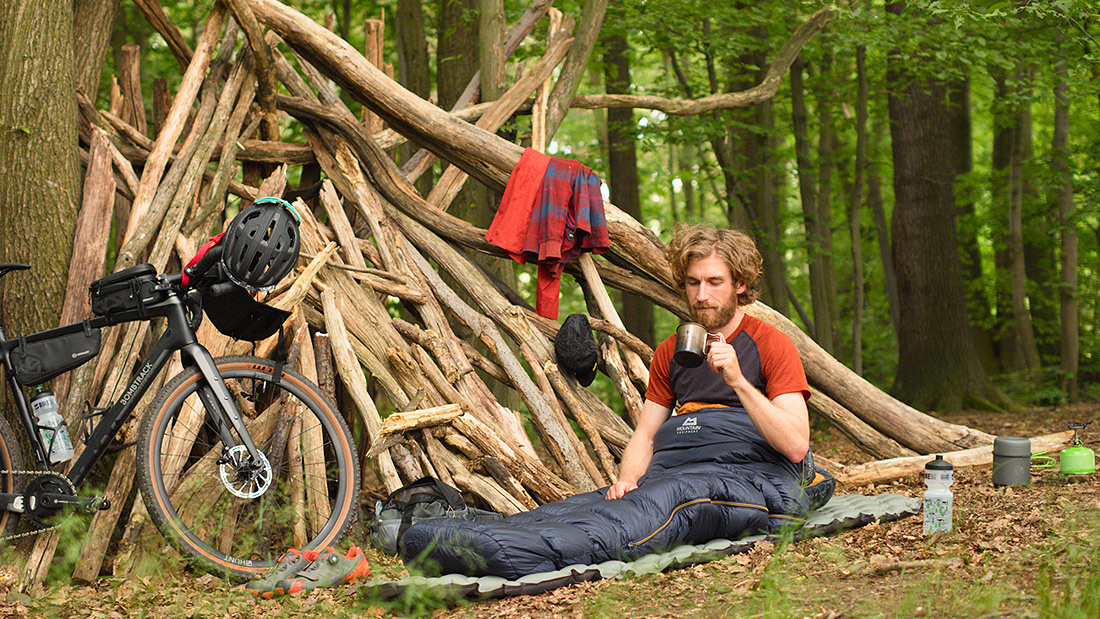
Electronics and Power Supply – Life Energy for Mobile Phones, Smartphones, Navigation Devices
It's up to you, of course, to decide whether you want to ride you bikepacking route by map in the traditional way or use electronic tools such as a GPS cycle computer or a navigation app on your smartphone. The advantage of the latter is clear: you don't always have to look at the map, because the navigation device tells you or shows you where to go. The chance that you will get lost is much lower. And you can evaluate your tour afterwards.
Of course, when using a bike computer or smartphone, you have to think about the power supply. At the latest, if you spend the night completely outdoors, without electrical outlets within reach, the question arises how to recharge the batteries of your electronic devices. Powerbanks have enough capacity to charge your smartphone and/or navigation device several times. If their energy stores are also exhausted, foldable solar modules can help. With the help of sun power you can breathe new life into your technical devices.
If you navigate with your smartphone, you won't get very far without an additional non-stop power supply, because even modern mobile phone batteries reach their low point very quickly when the GPS receiver is active for a long time. Special Powerbanks can be mounted on the handlebars and charge your smartphone while riding, so that you don't suddenly find yourself standing in the woods without a plan.
If you're planning longer trips or riding at times of year when there isn't enough sunlight for solar panels, a hub dynamo can turn night into day at any time and as long as necessary. Additionally in combination with a hub dynamo-powered USB charger you can also easily generate the power for your electronic devices yourself with every meter.
Start Your Own Bikepacking Tour – What Should Not Be Missing?
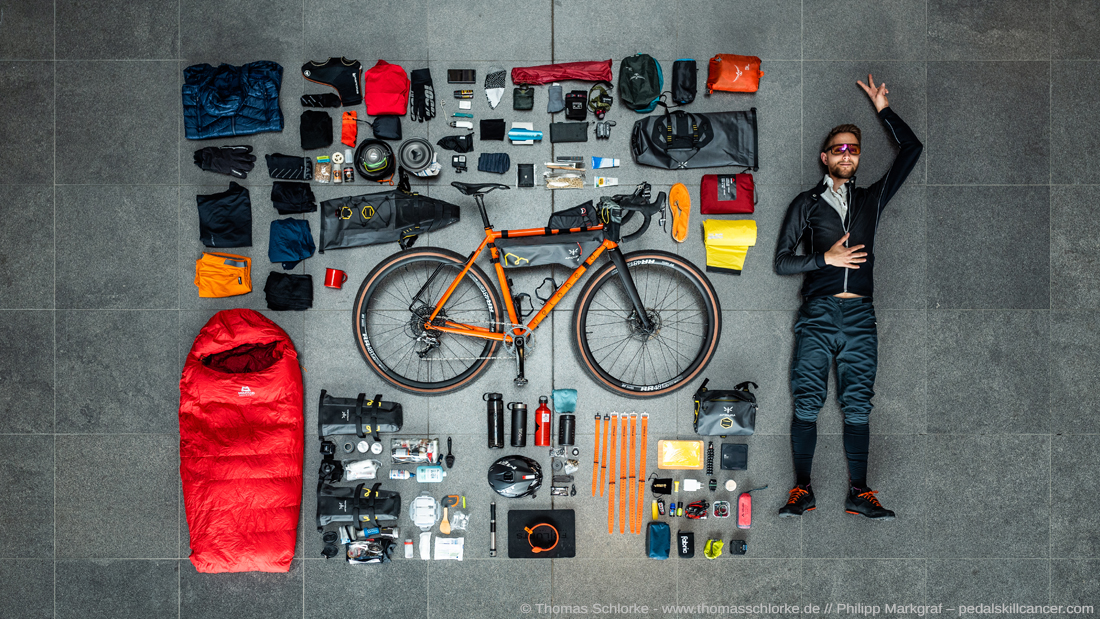
Once again, things had to be done quickly: The suitcases and bags are brought to the car and off it goes towards the holiday destination or to the airport. Disillusionment follows on arrival, something is missing; but no problem, everything can be obtained.
In contrast, for a bikepacking adventure, cycling holidays or a self-supported race, it is strongly recommended being optimally prepared. There are a few items that can decide whether the tour continues despite a minor breakdown or mishap, or whether you have to take a break or even cancel it.
Which things you should never leave at home when you go on a bikepacking tour, you can find out with our...
Packing List for Your Bikepacking Adventure
On Tour Basis Equipment
- Water Bottle/s
- Mug
- Multi-Tool
- Puncture or Tubeless Repair Kit/Replacement Inner Tube/Tire Levers
- Pocketknife
- Bike Lights
- Energy Gels or Bars
- Zip Ties or Pack Strap
- Map, GPS Navigation Device or Smartphone with Navigation App
- First Aid Kit
- Air Pump
- Lightweight Bicycle Look
- Sun Glasses
Apparel
- Rain Jacket
- Rain ...
- ...
Download the complete bikepacking list!
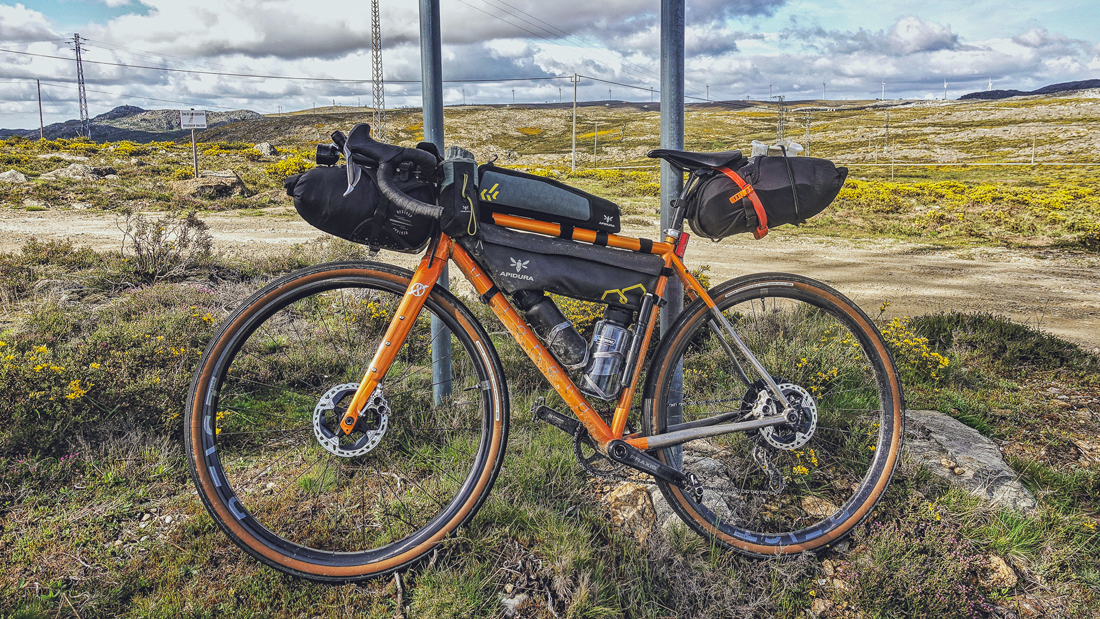
The Alternative – Trekking Bikes with Luggage Carriers
Despite optimal planning and top equipment, bike packing setups sometimes reach their limits or are not very practical in everyday life and on multi-day bike routes. Compromises also have to be made when it comes to the amount of bikepacking gear you can carry, e. g. your changing clothes.
If sporty demands or off-road capability are not your main concerns, trekking bio-bikes and electric bikes with luggage carriers and corresponding panniers offer a pleasant alternative.

